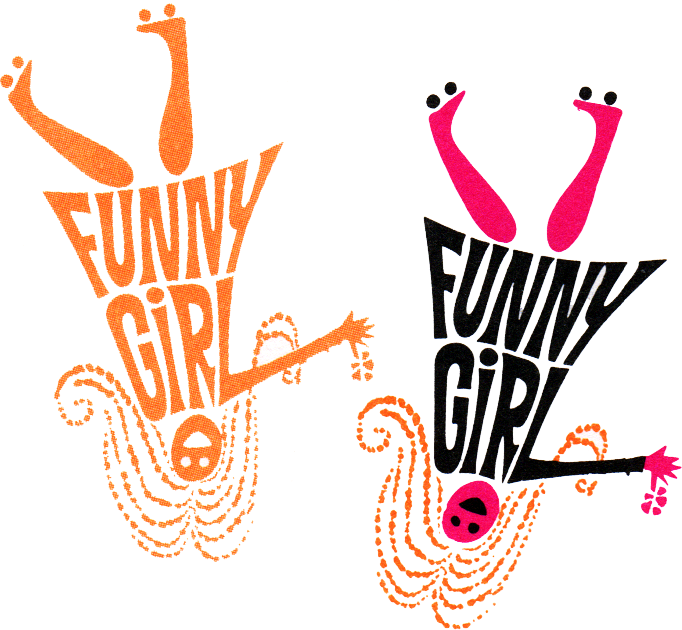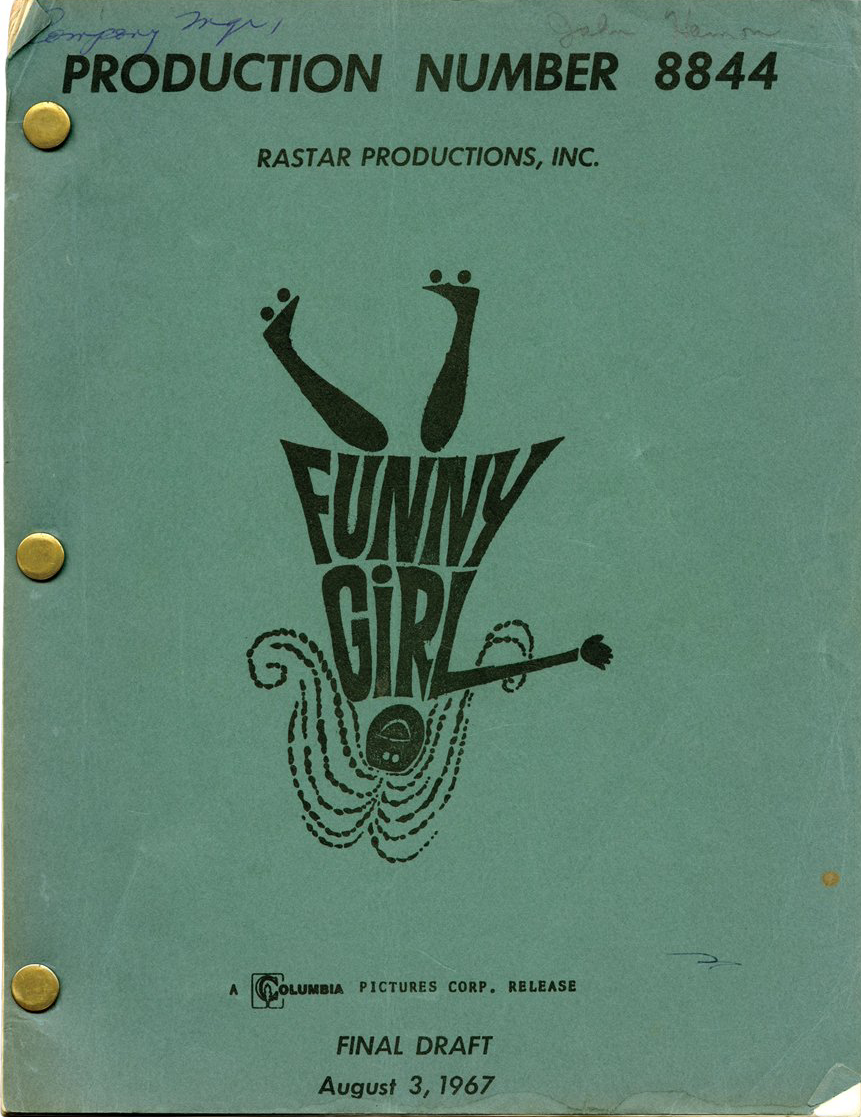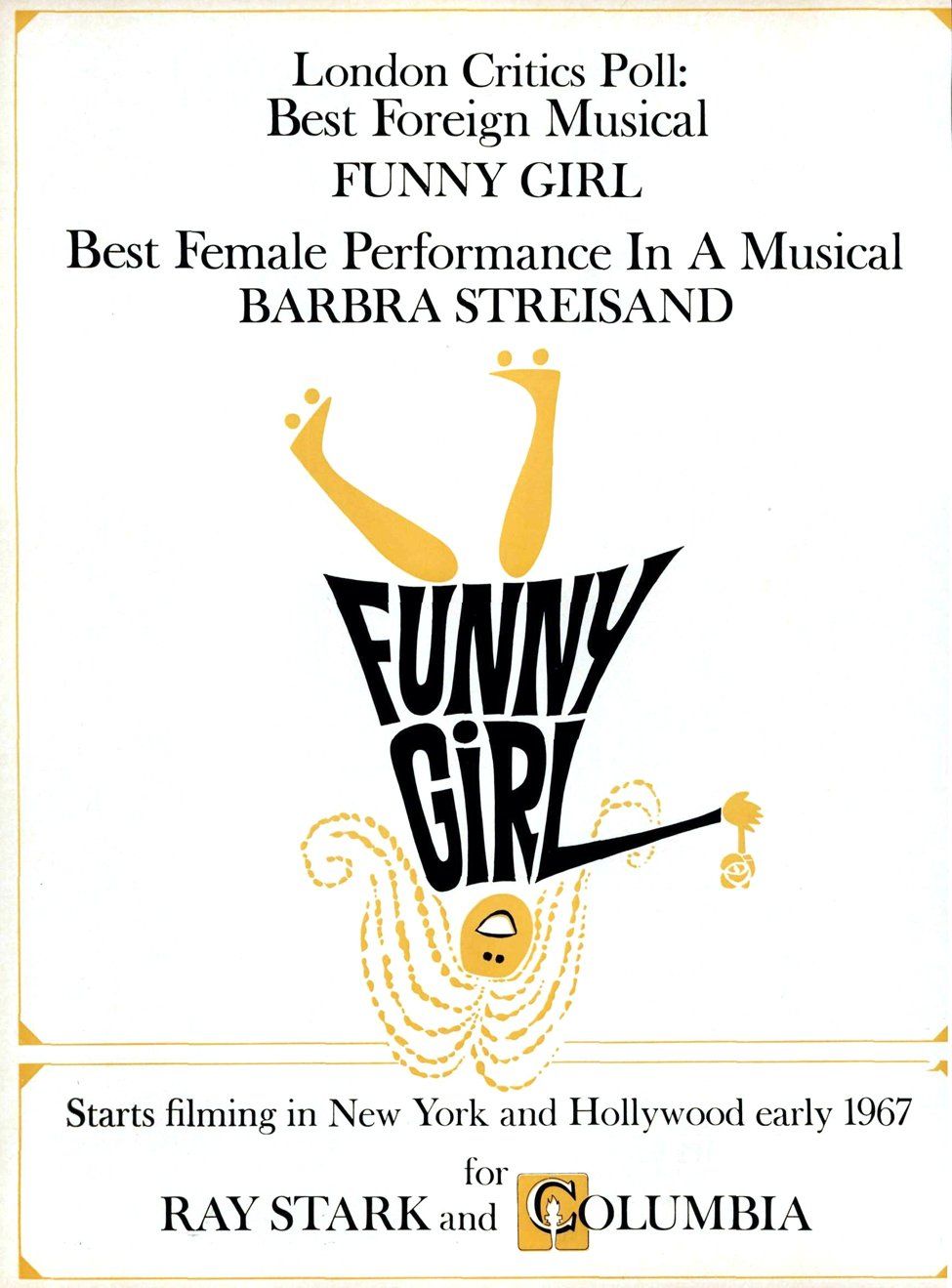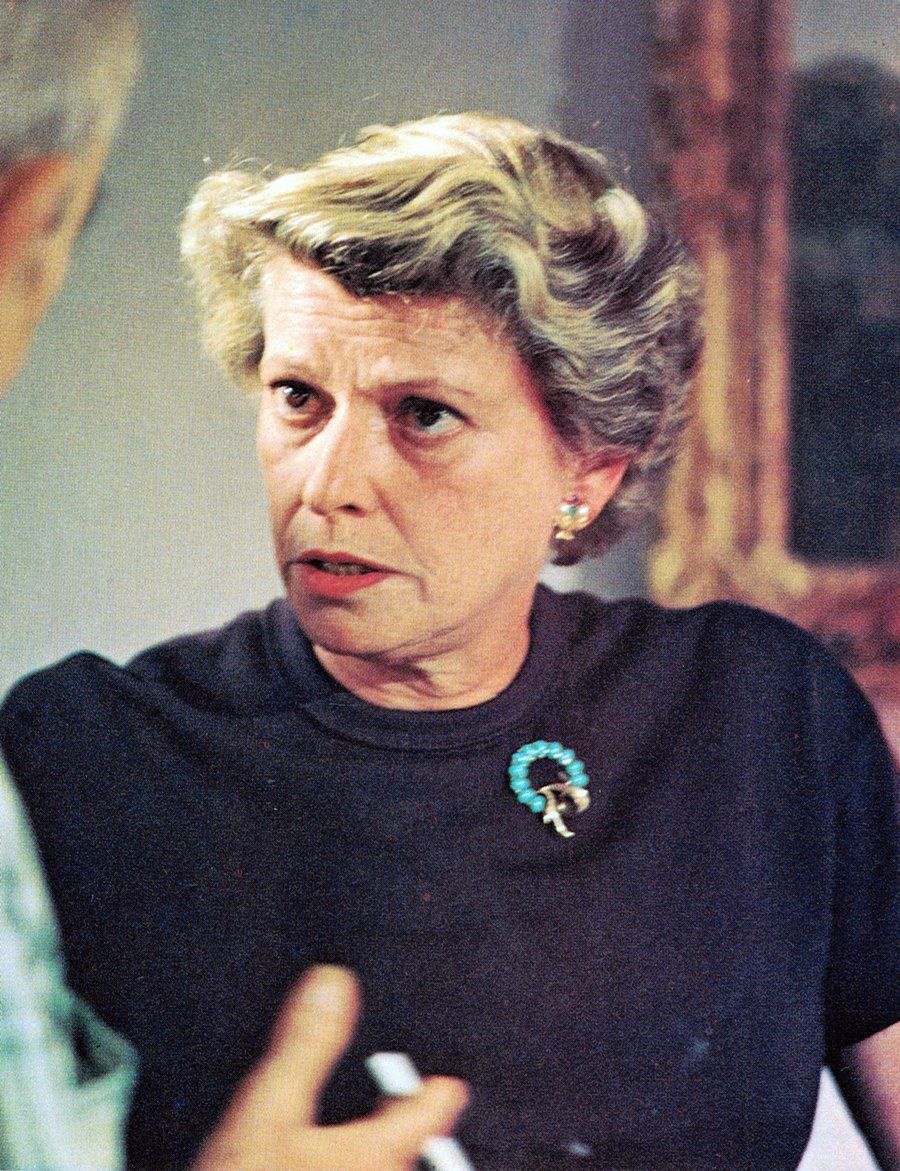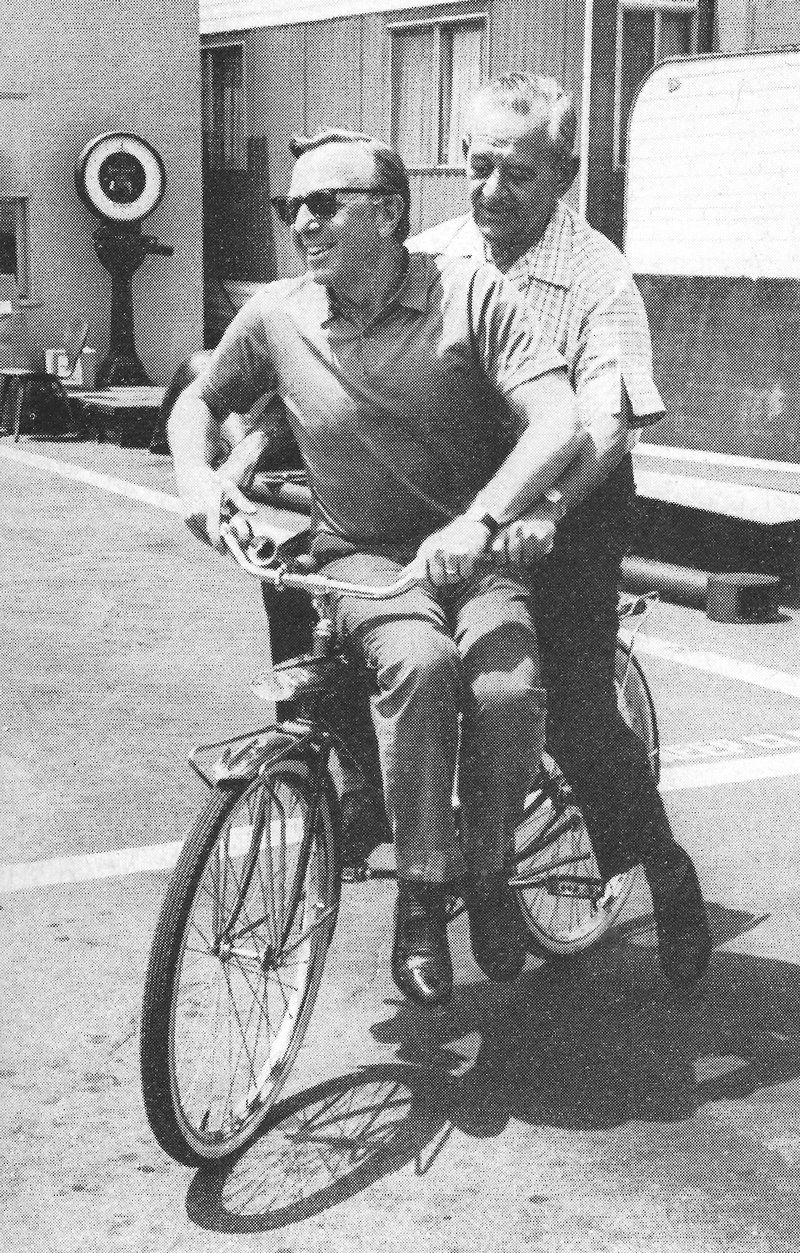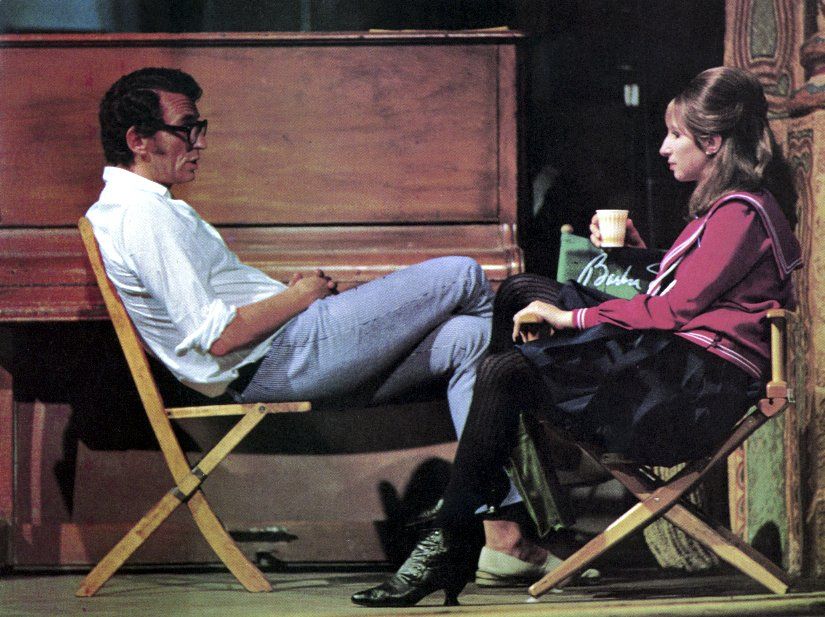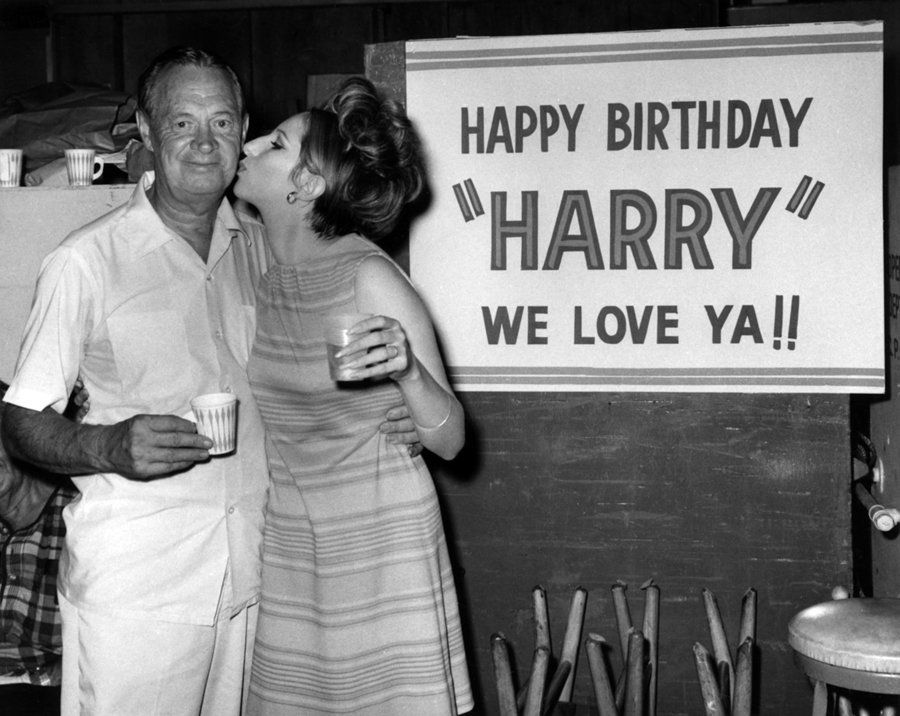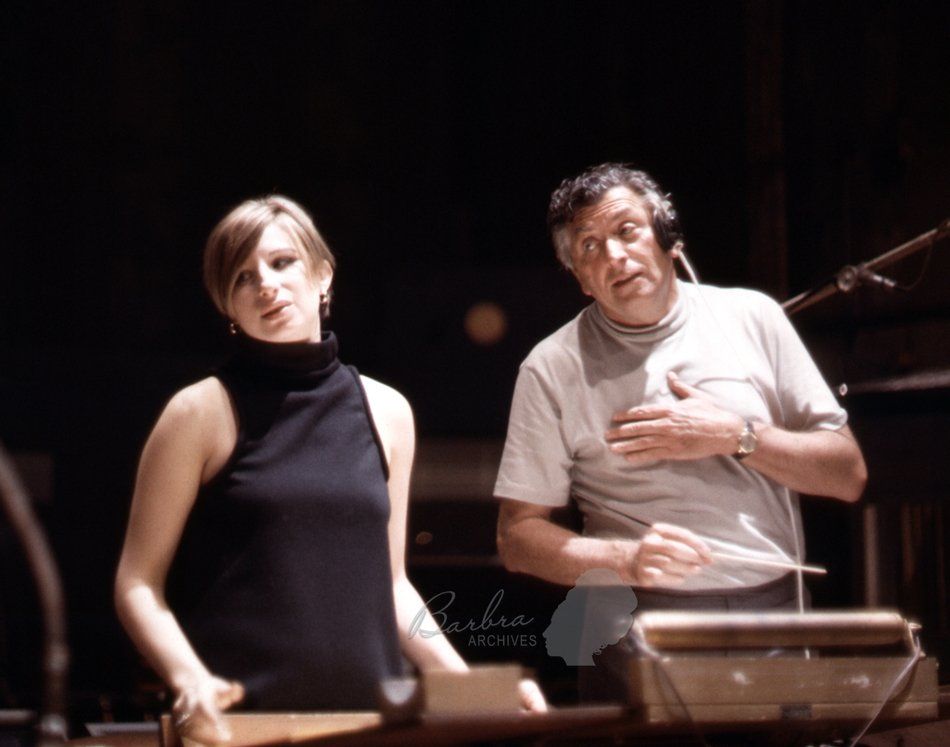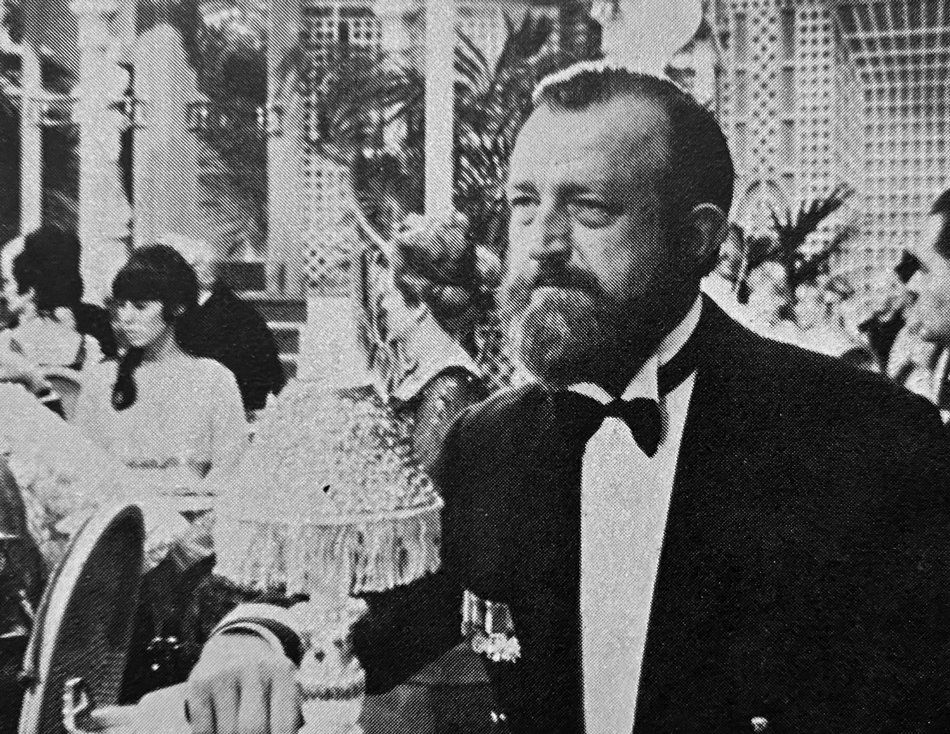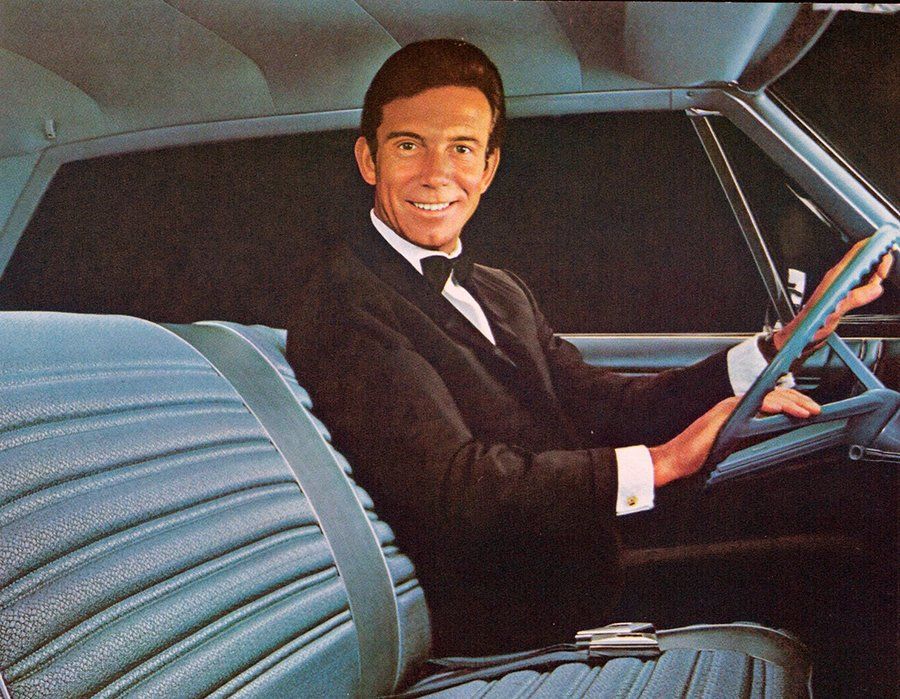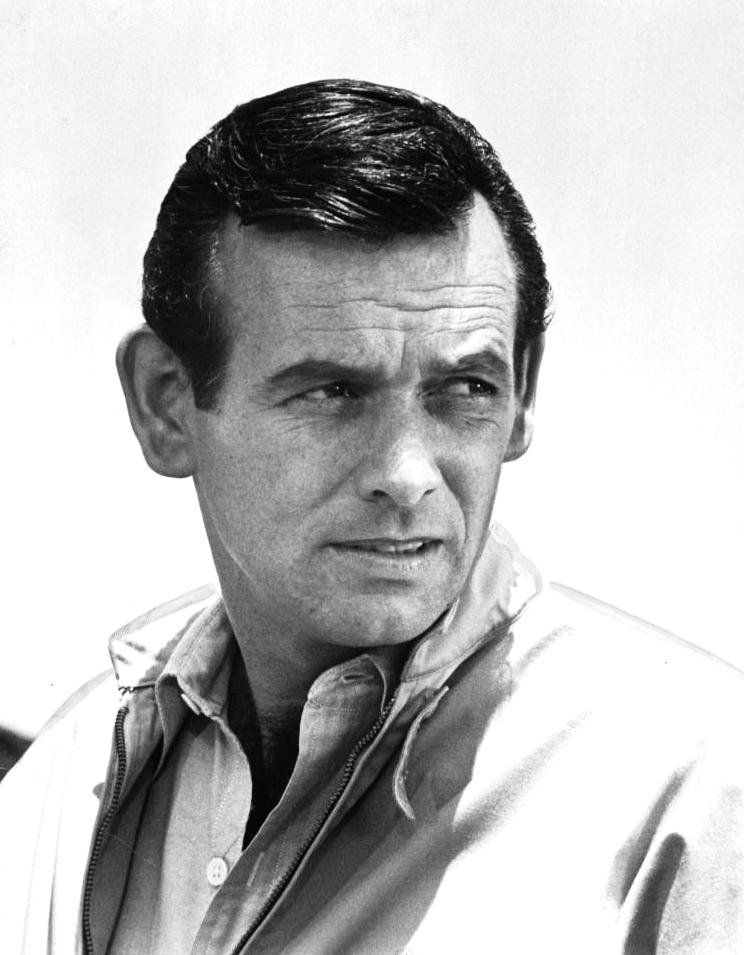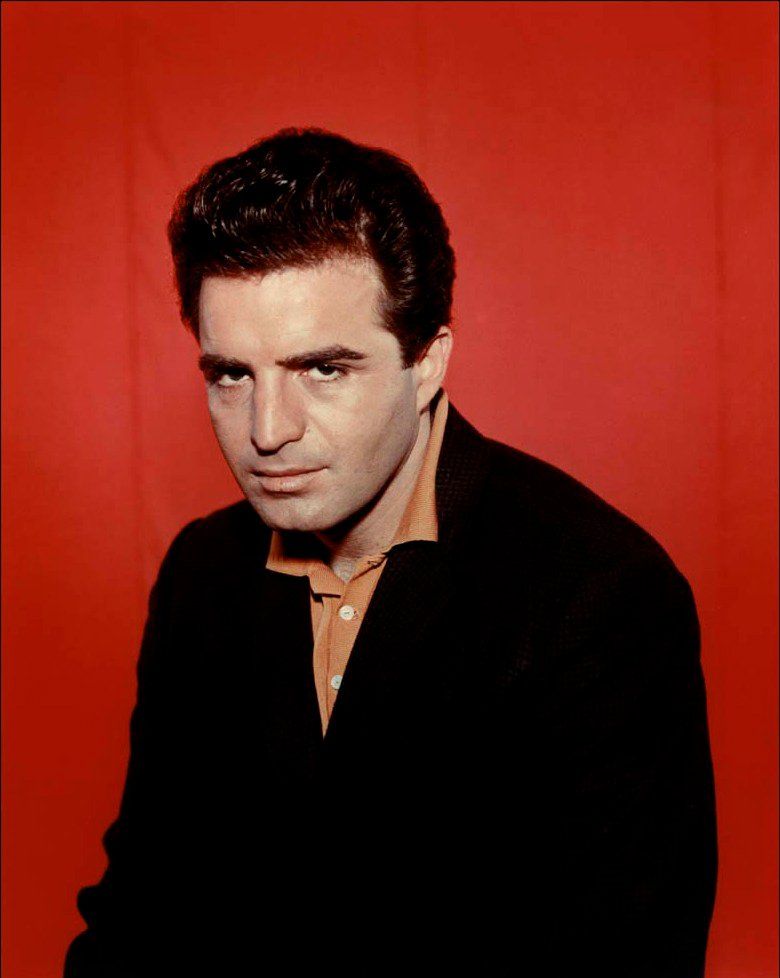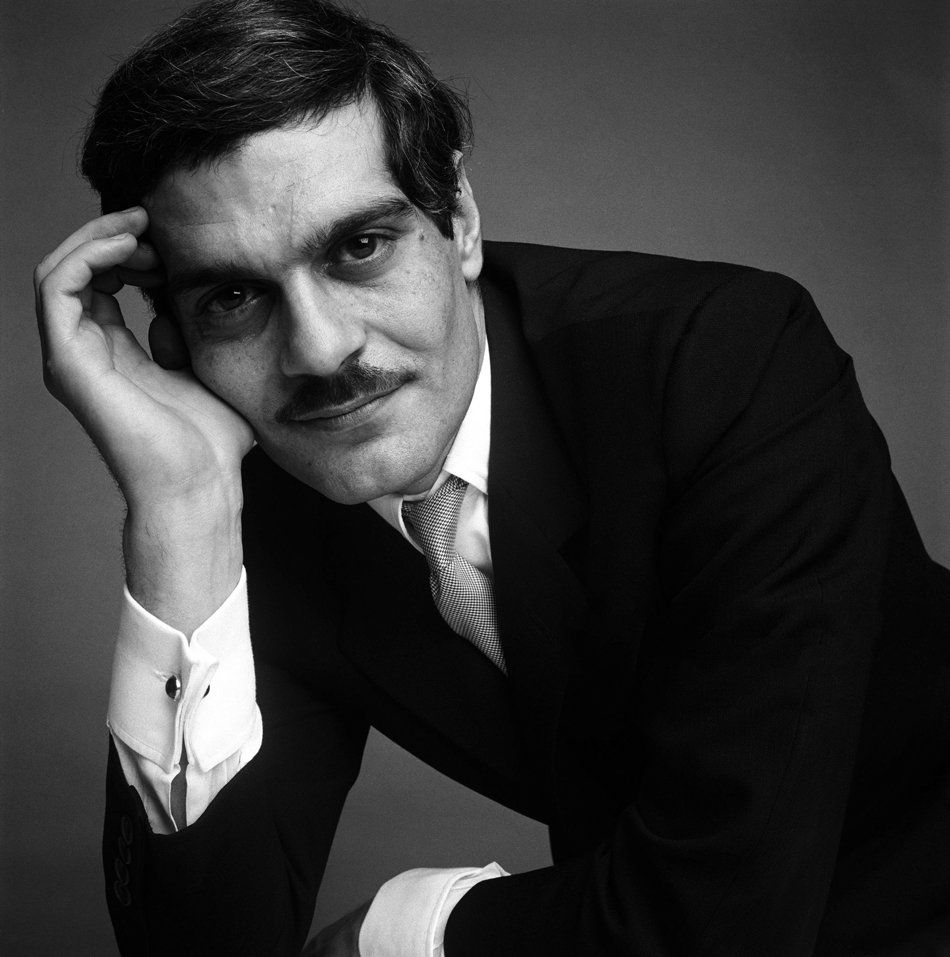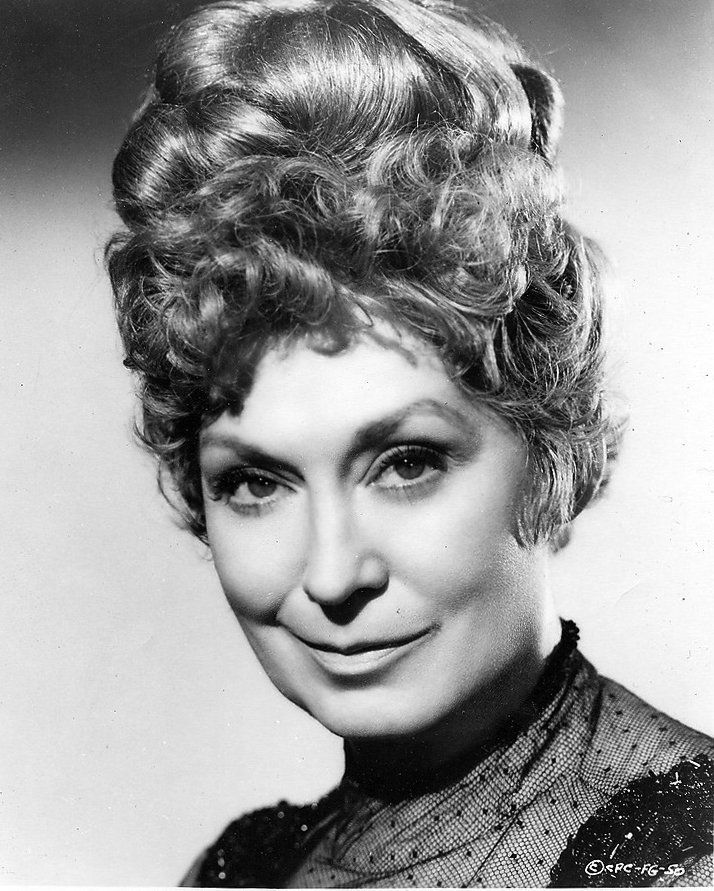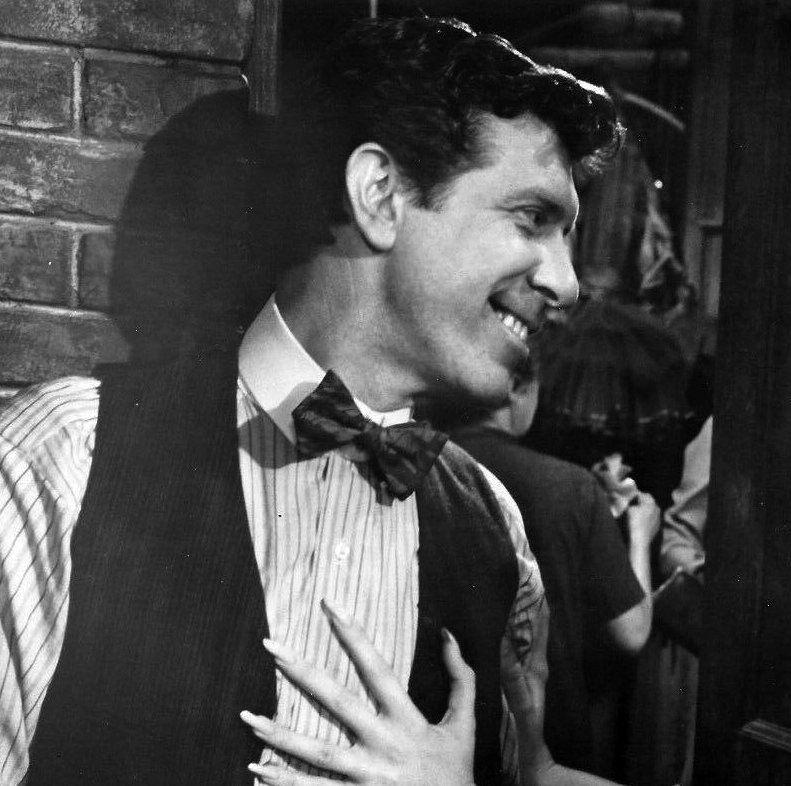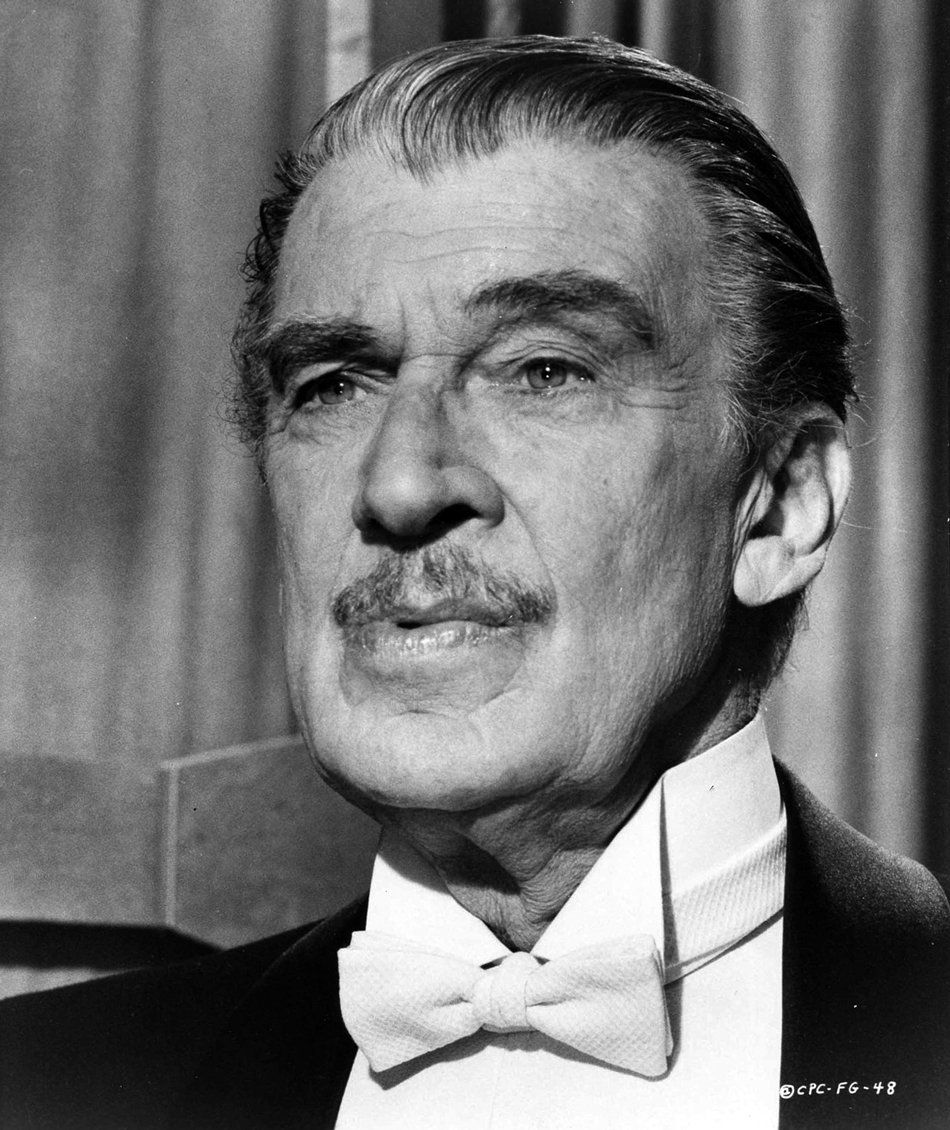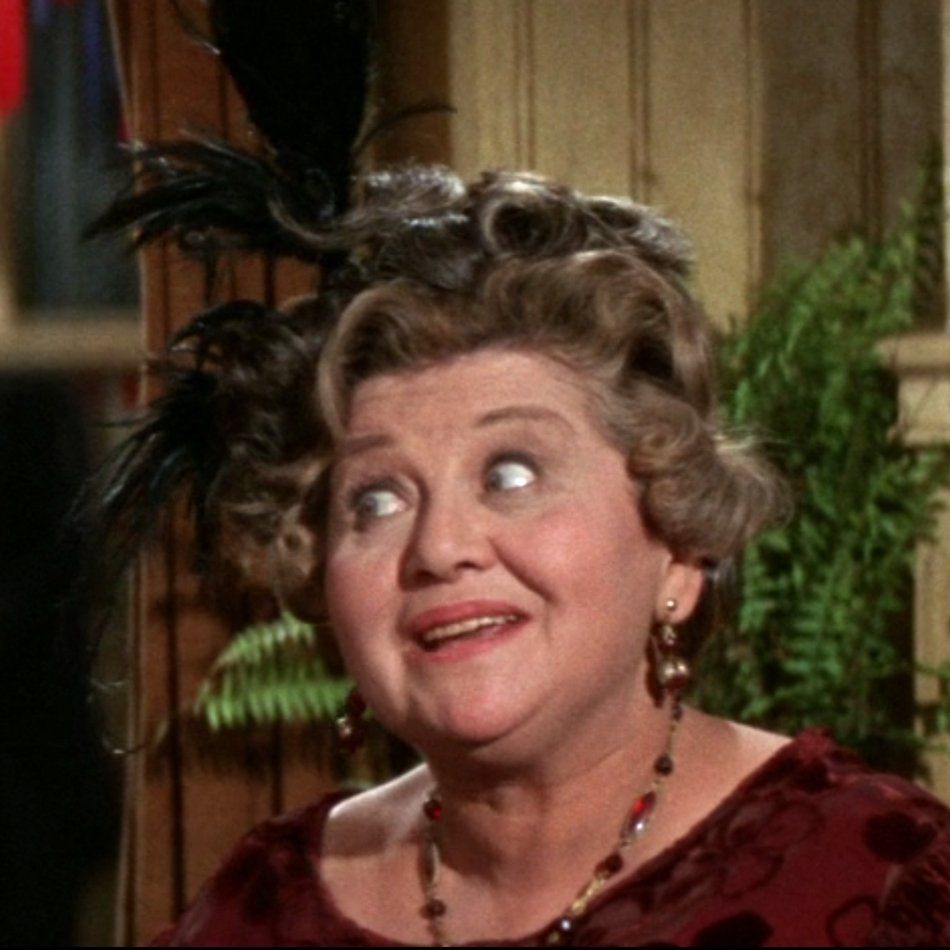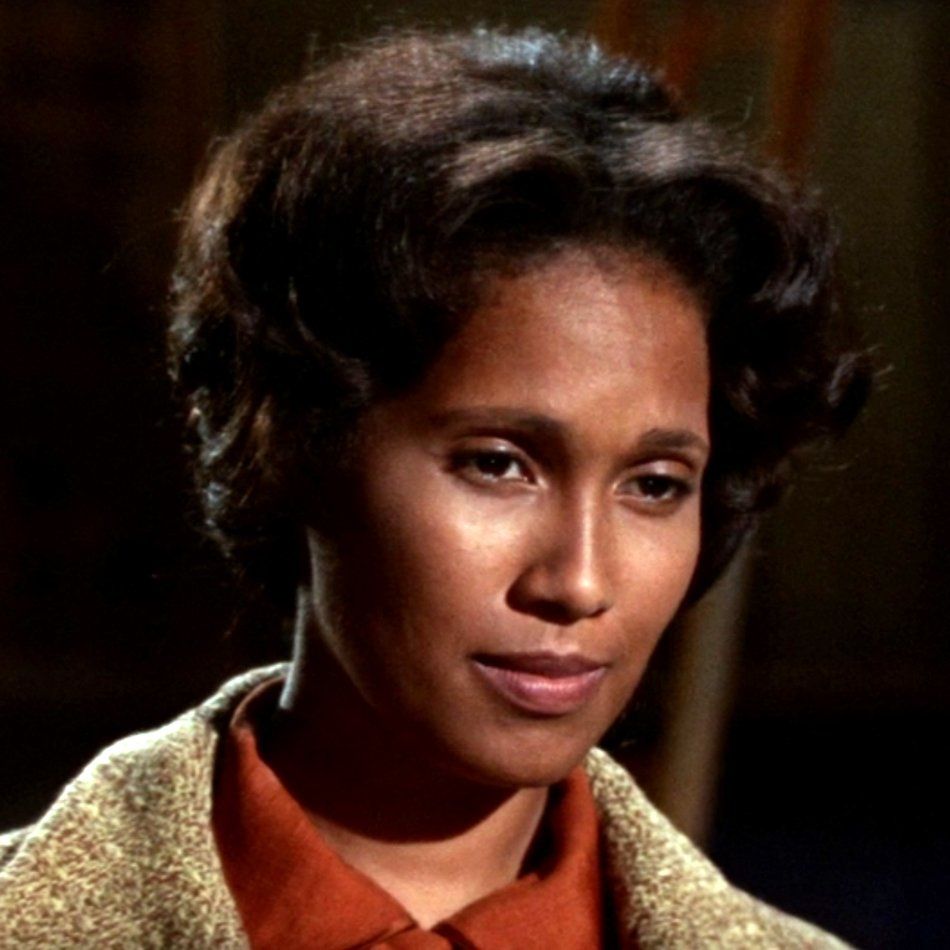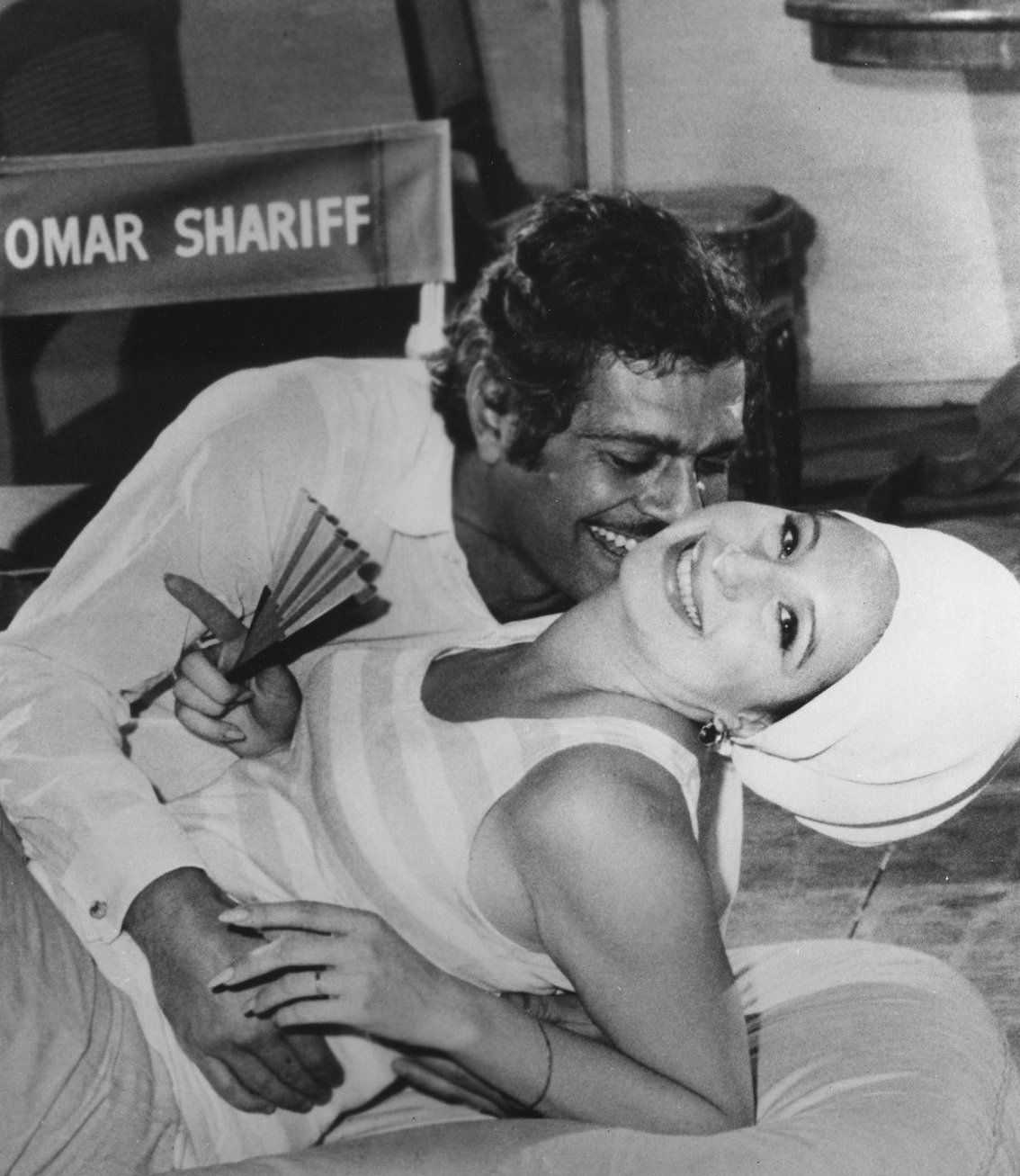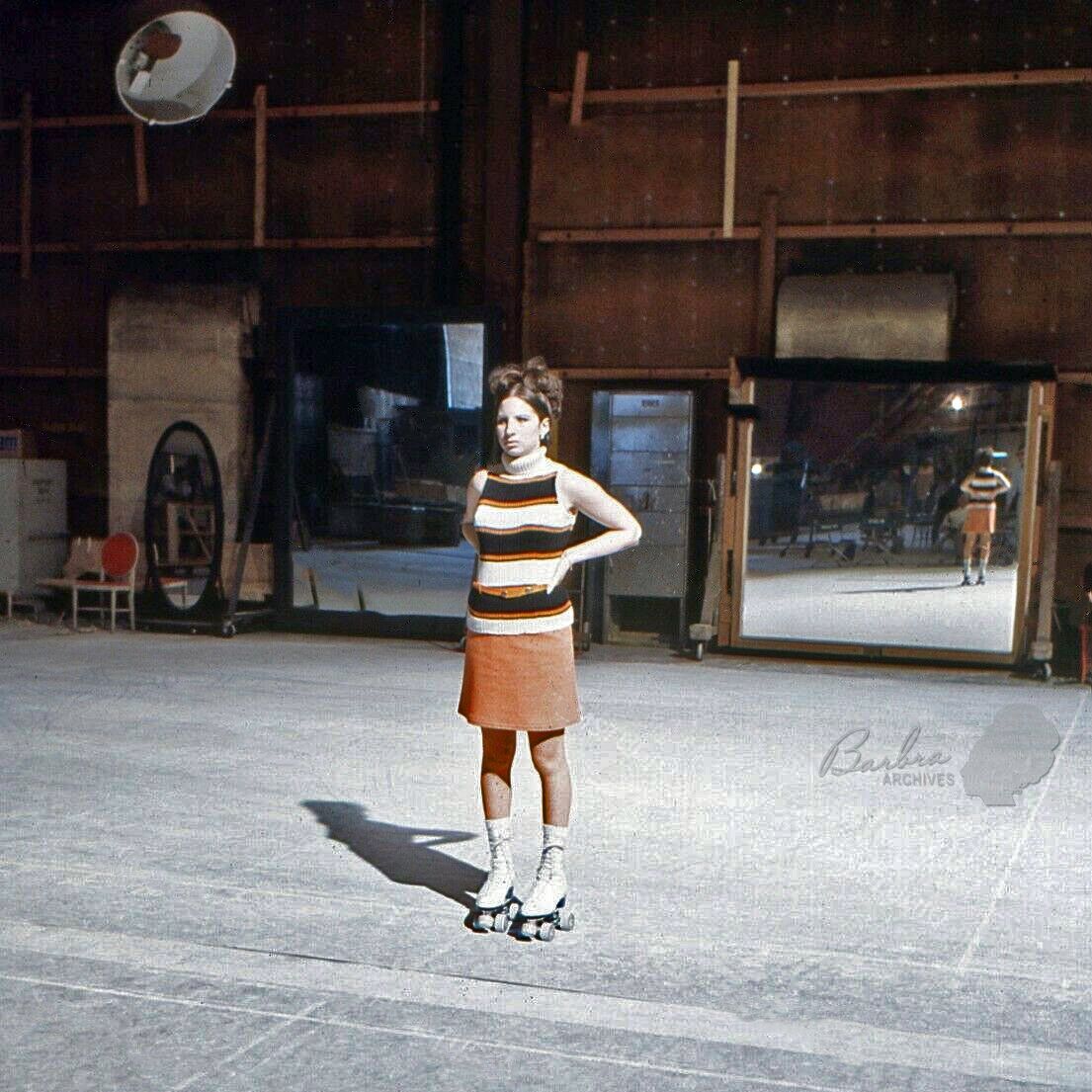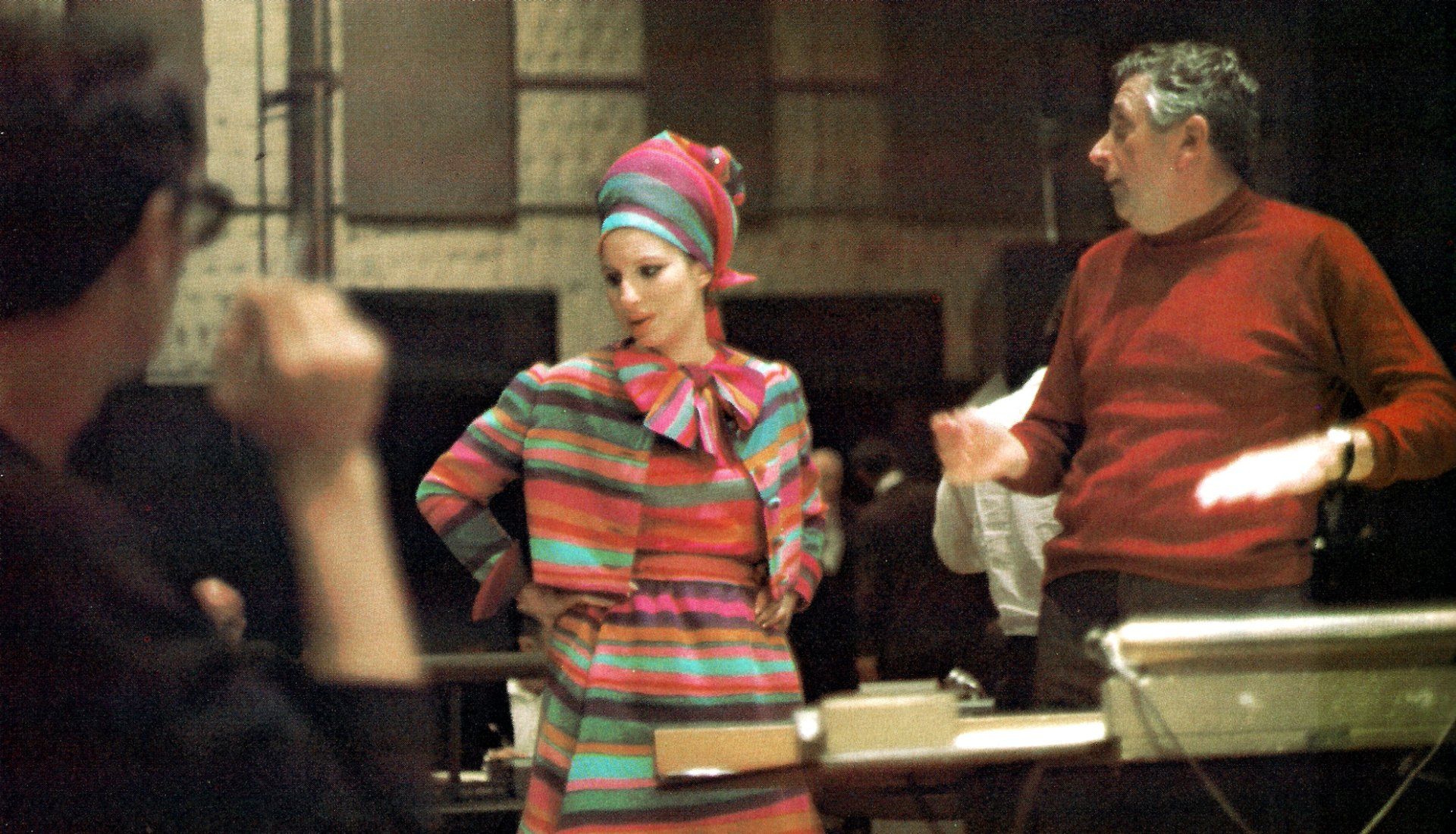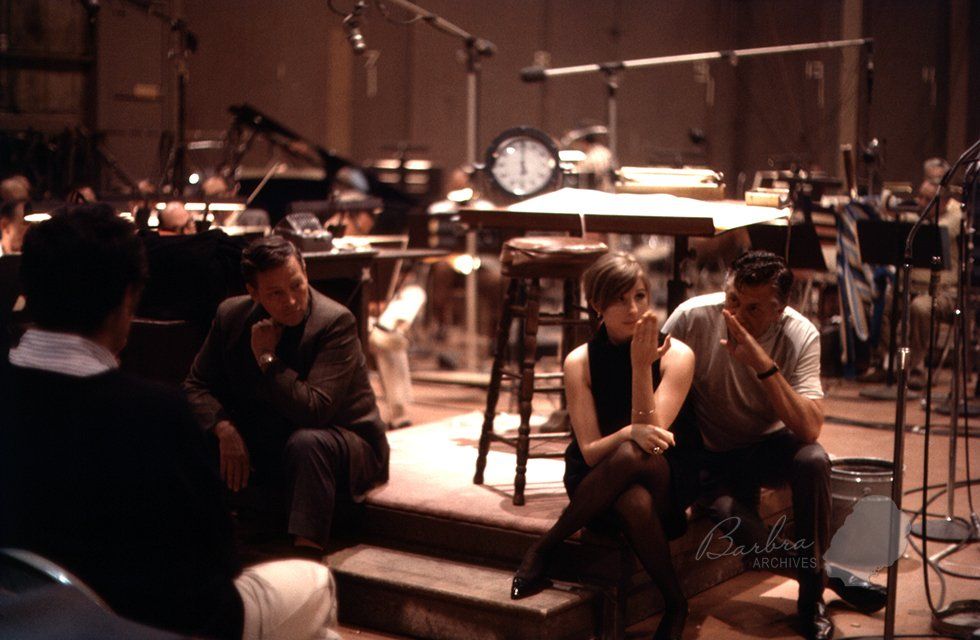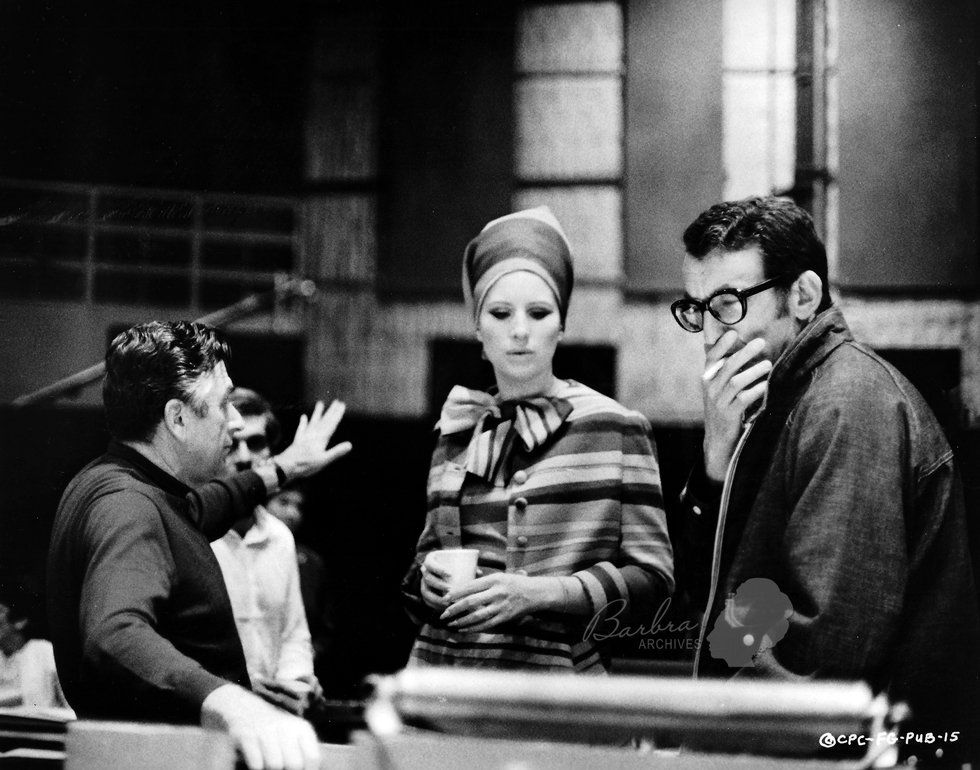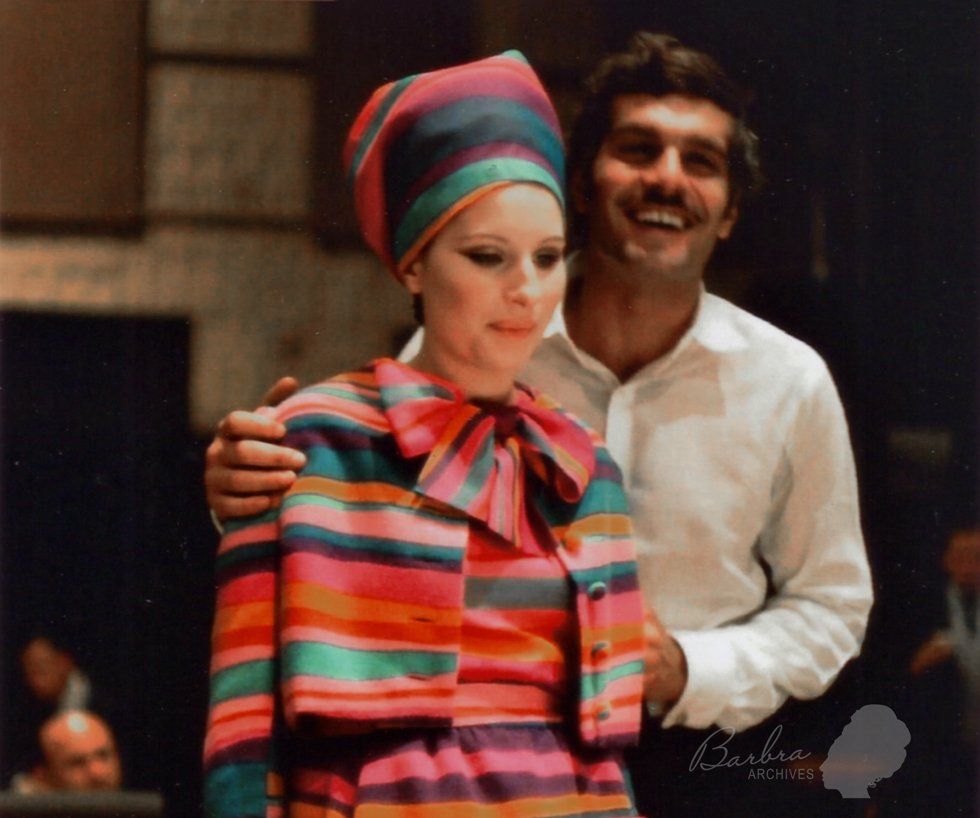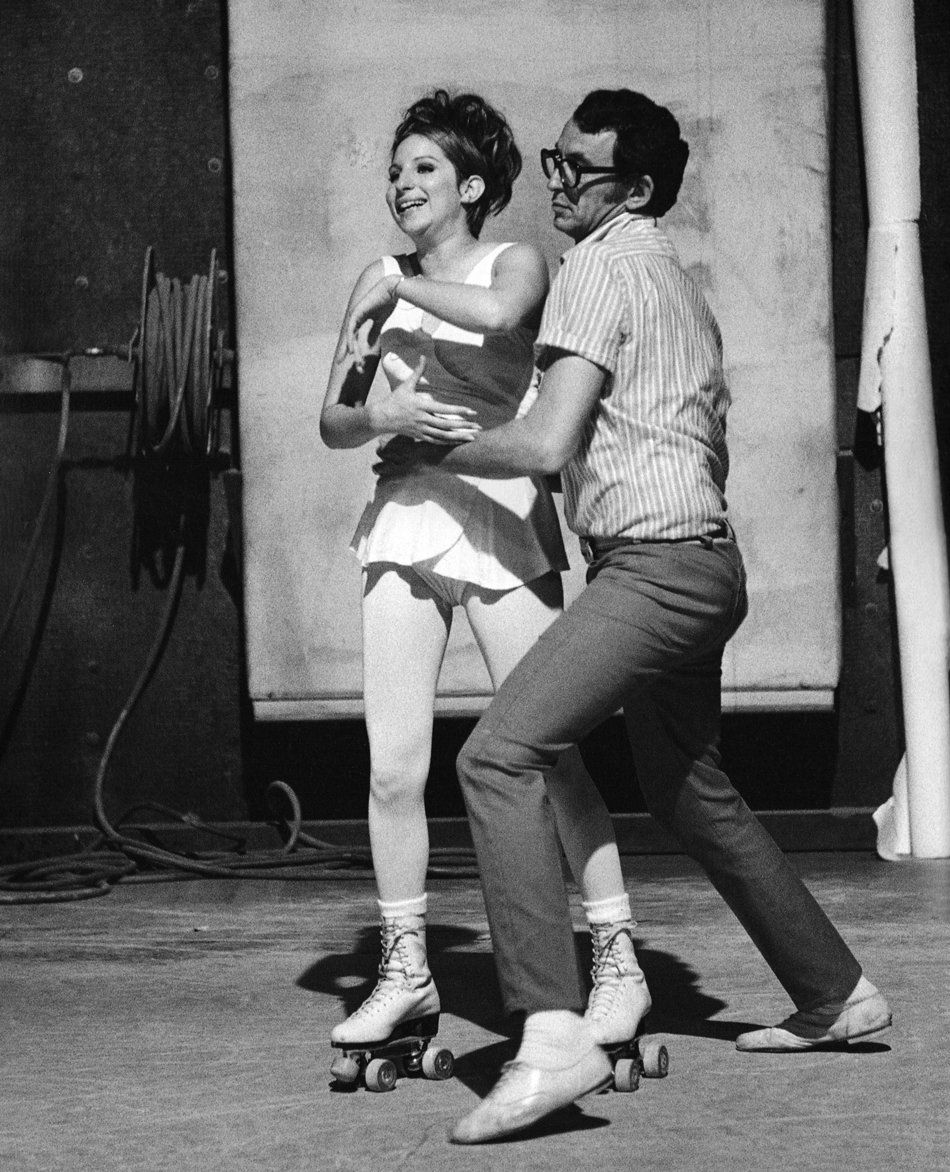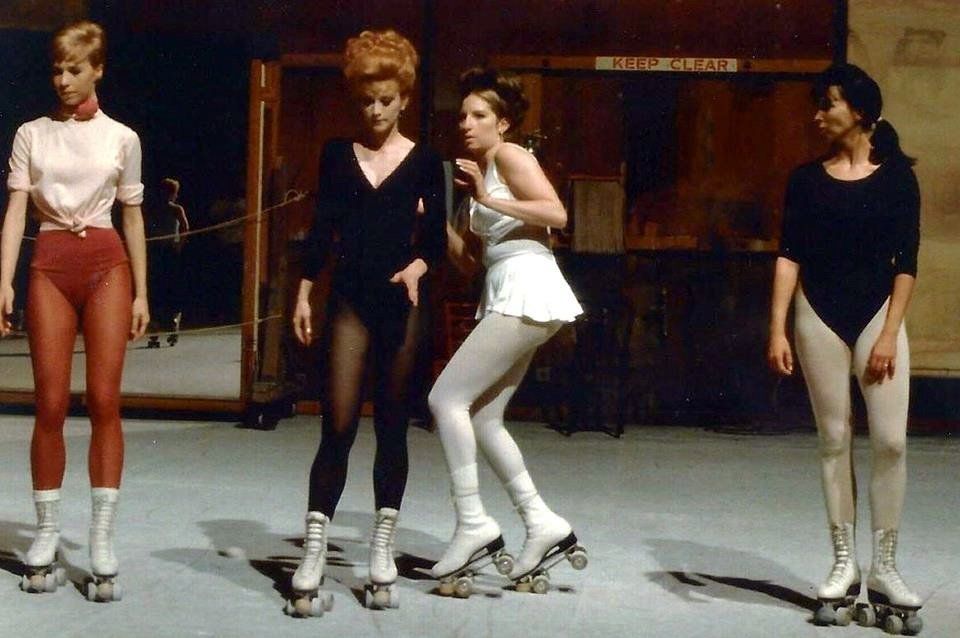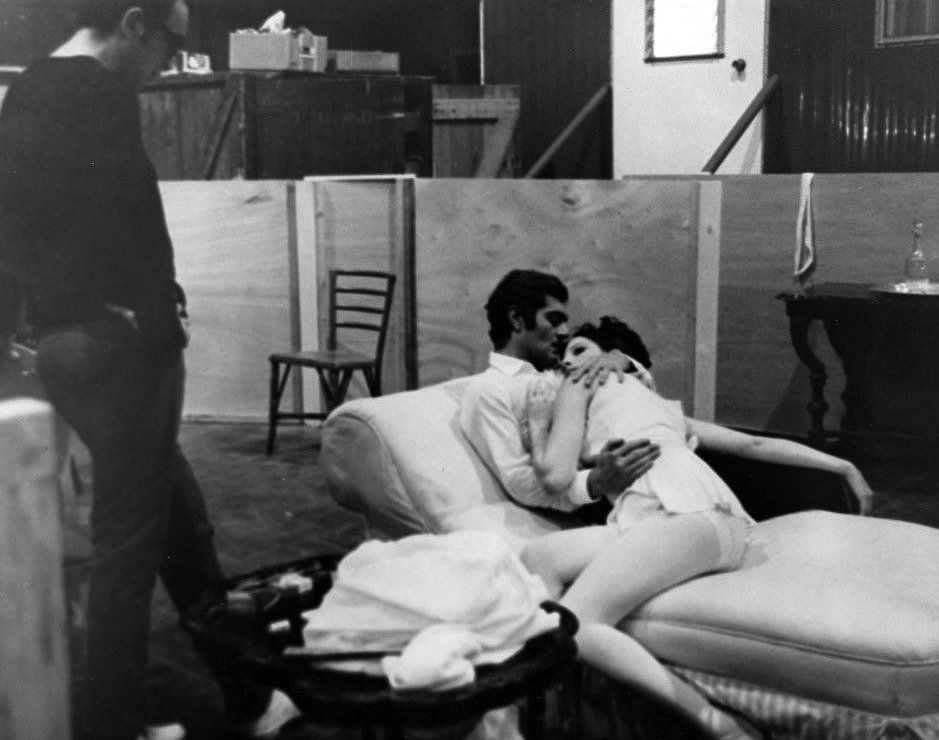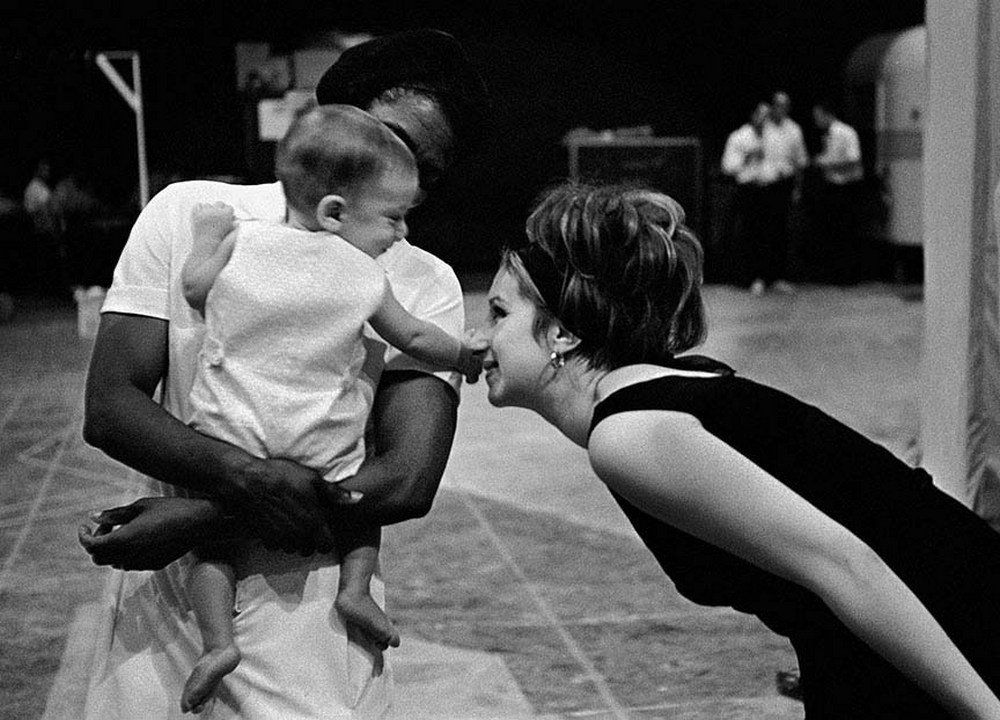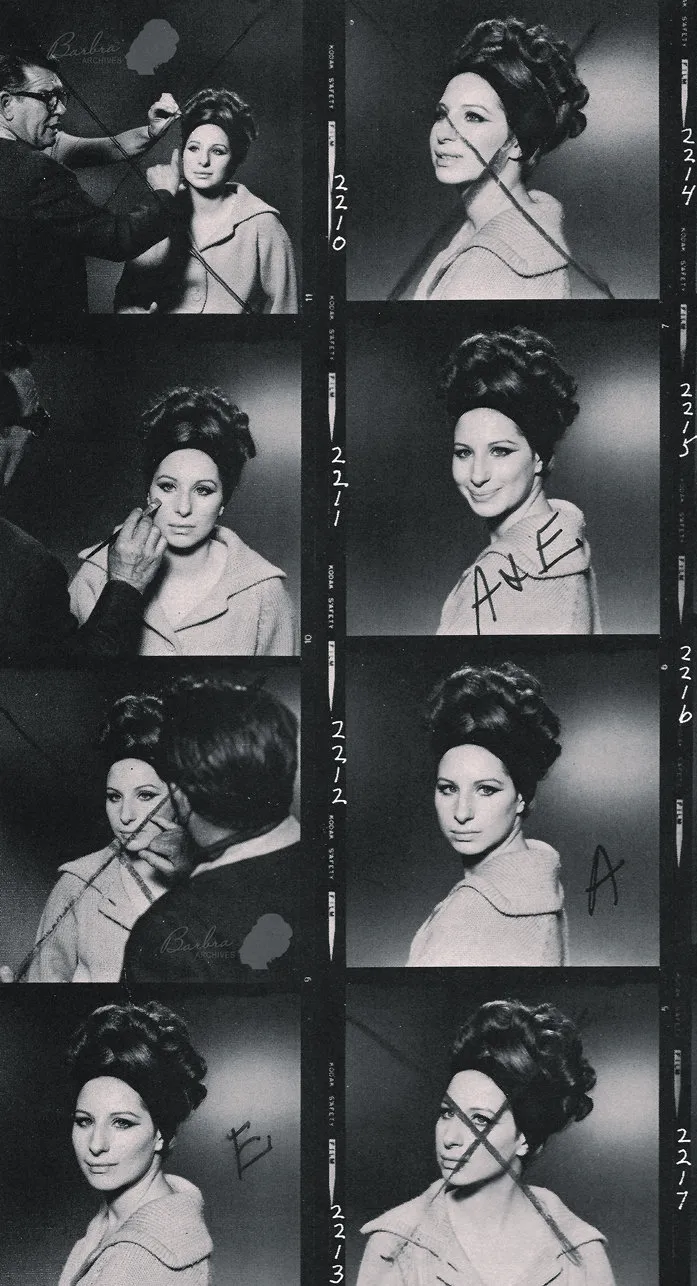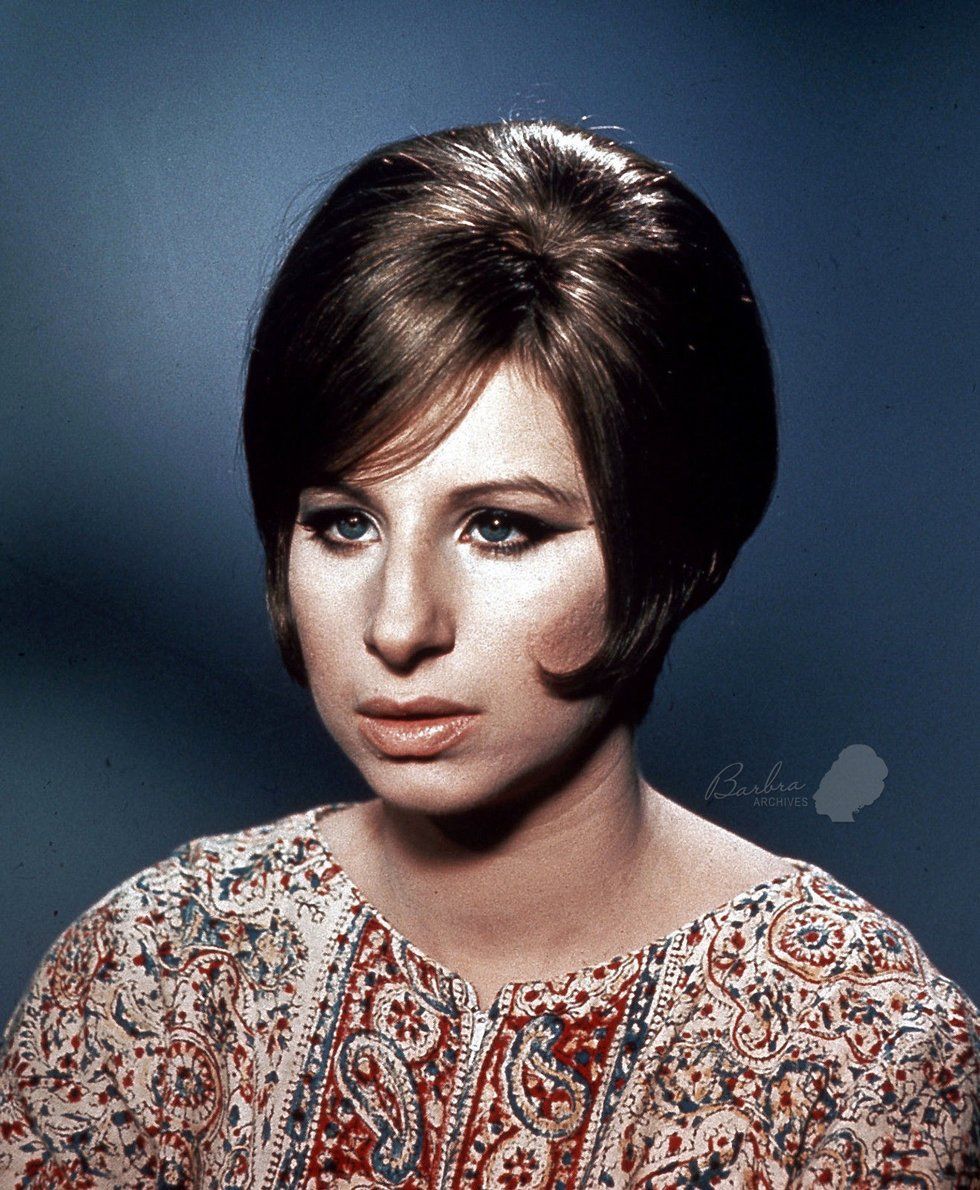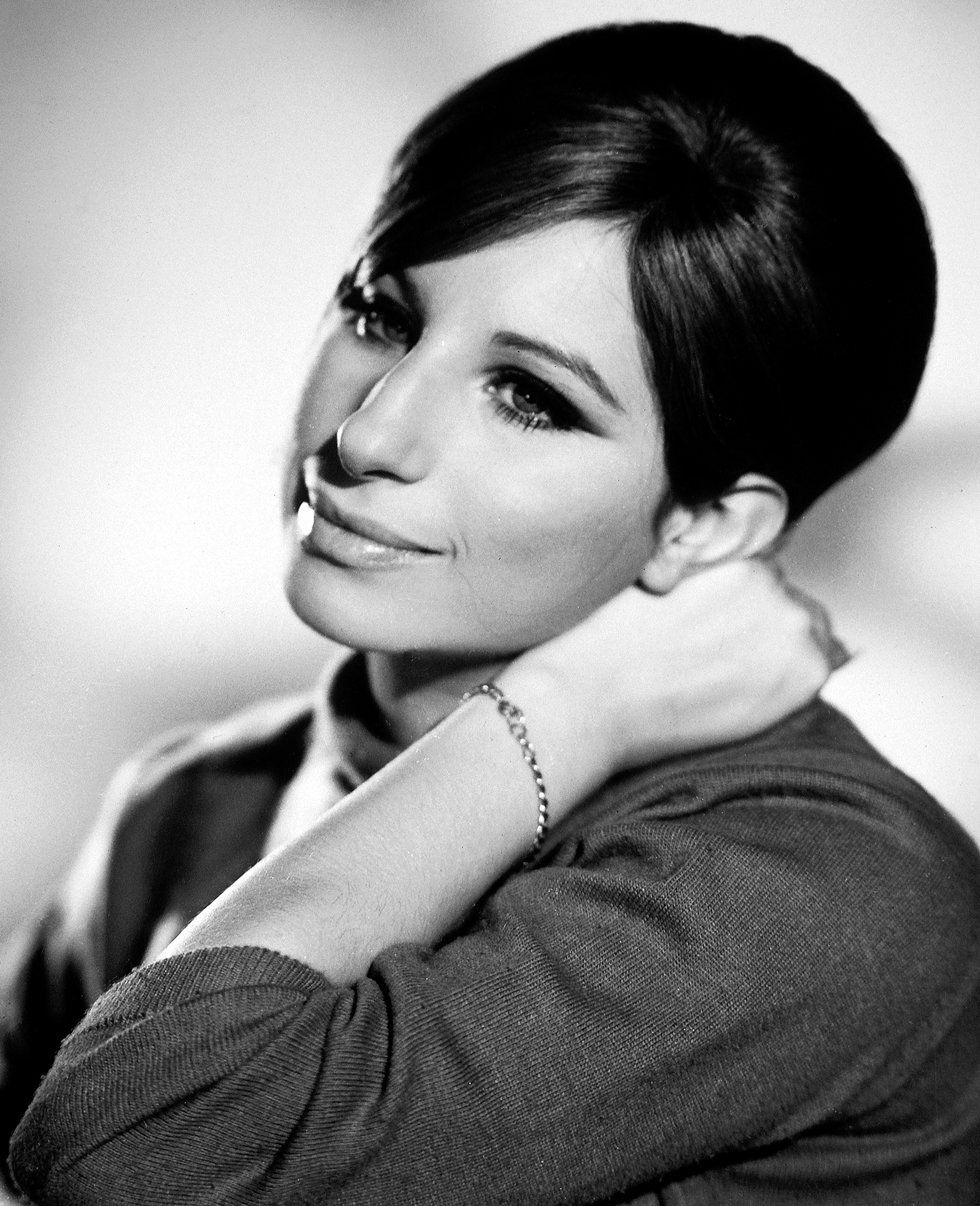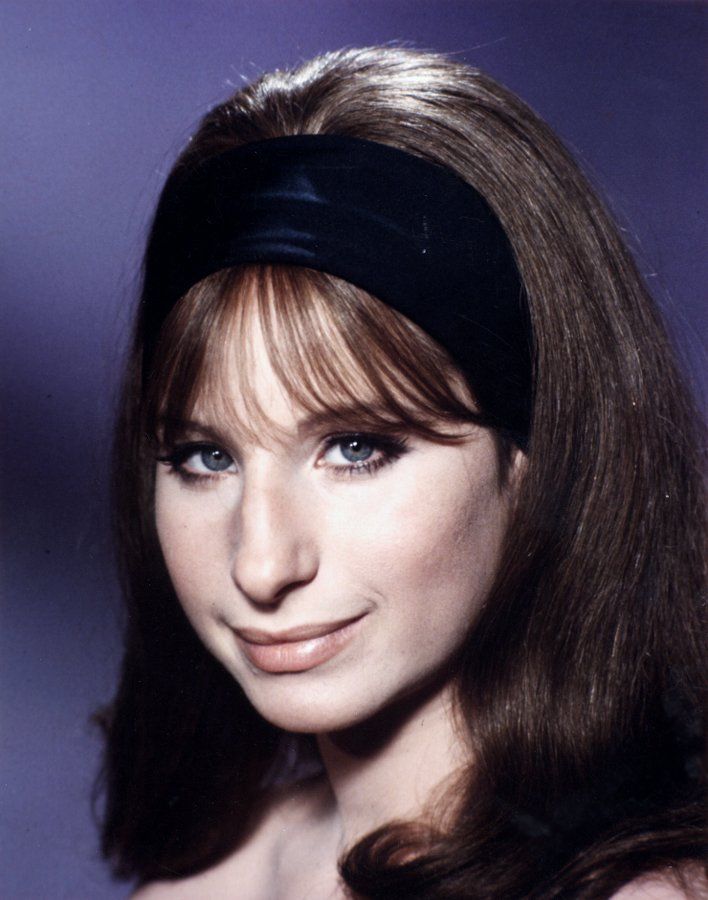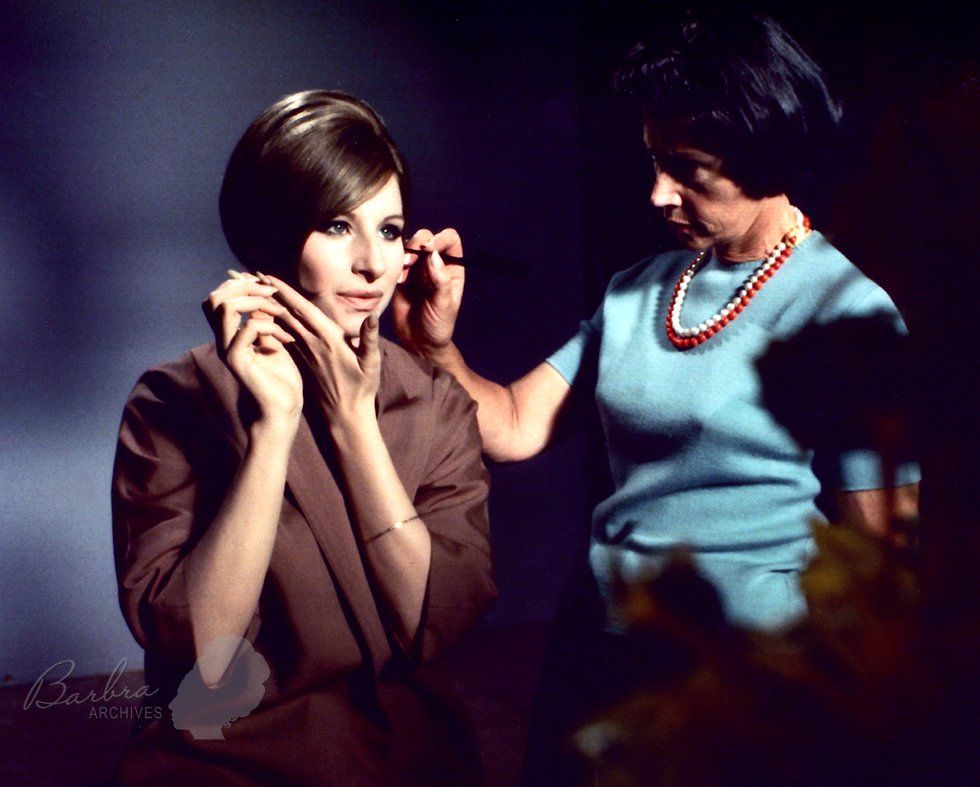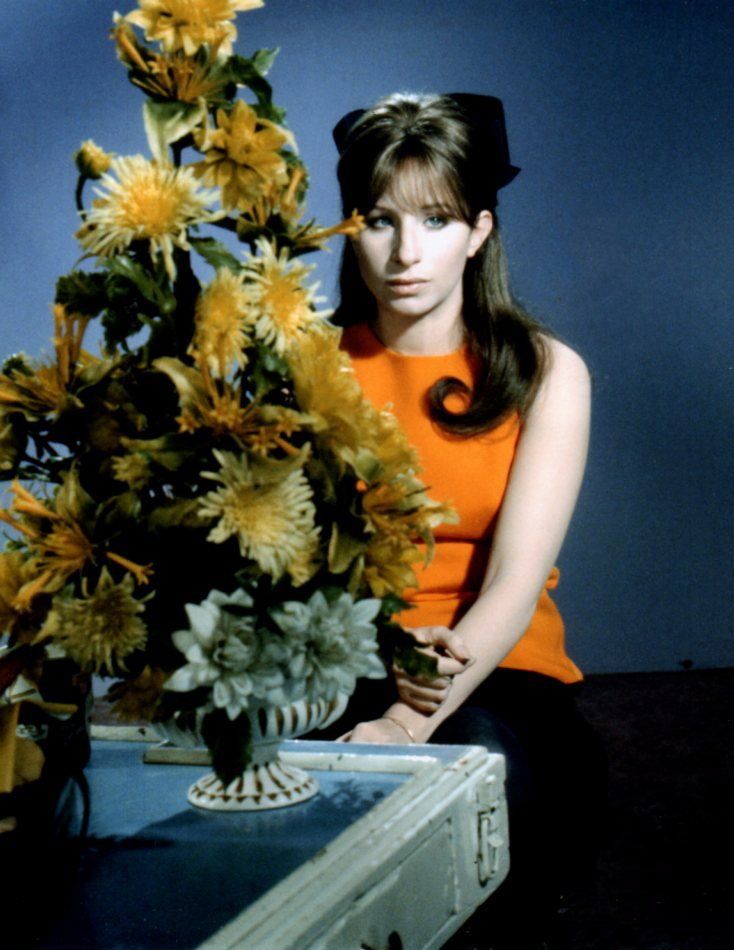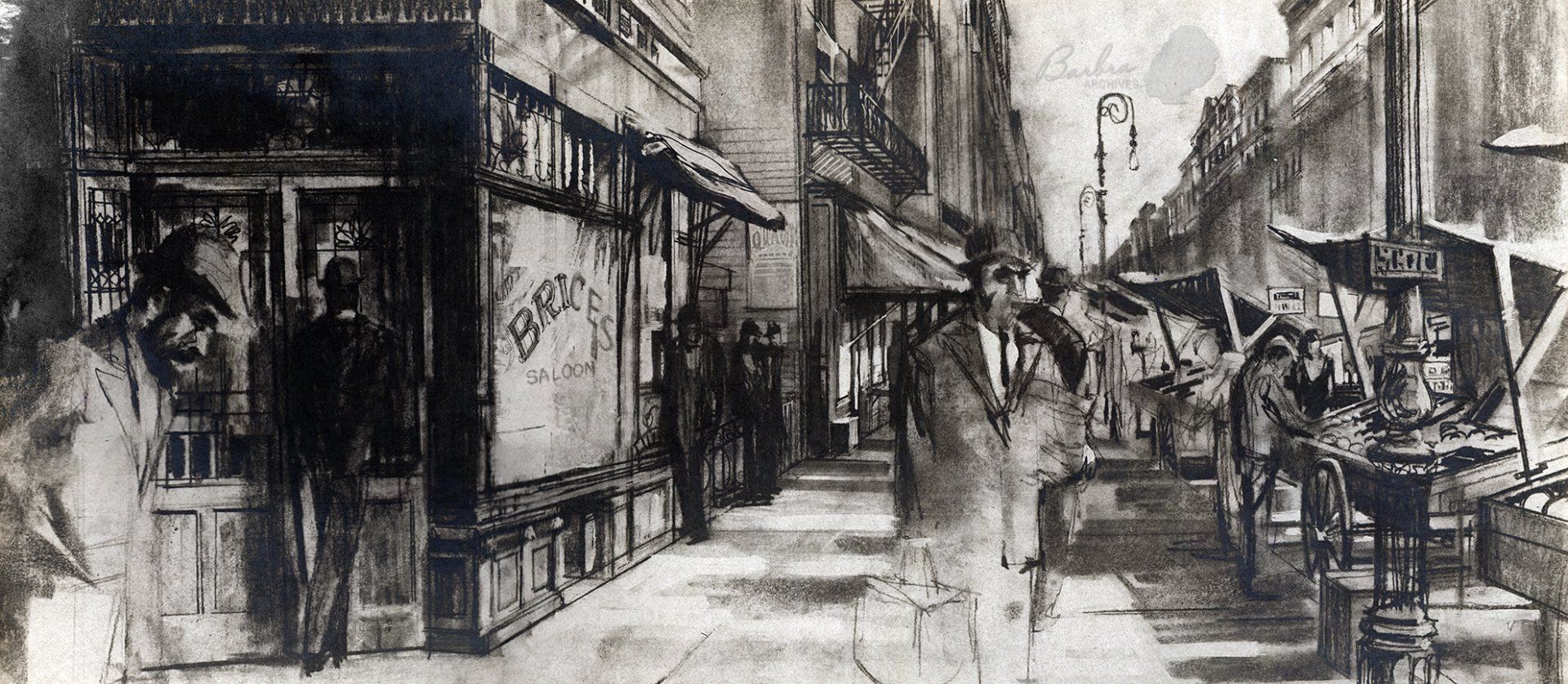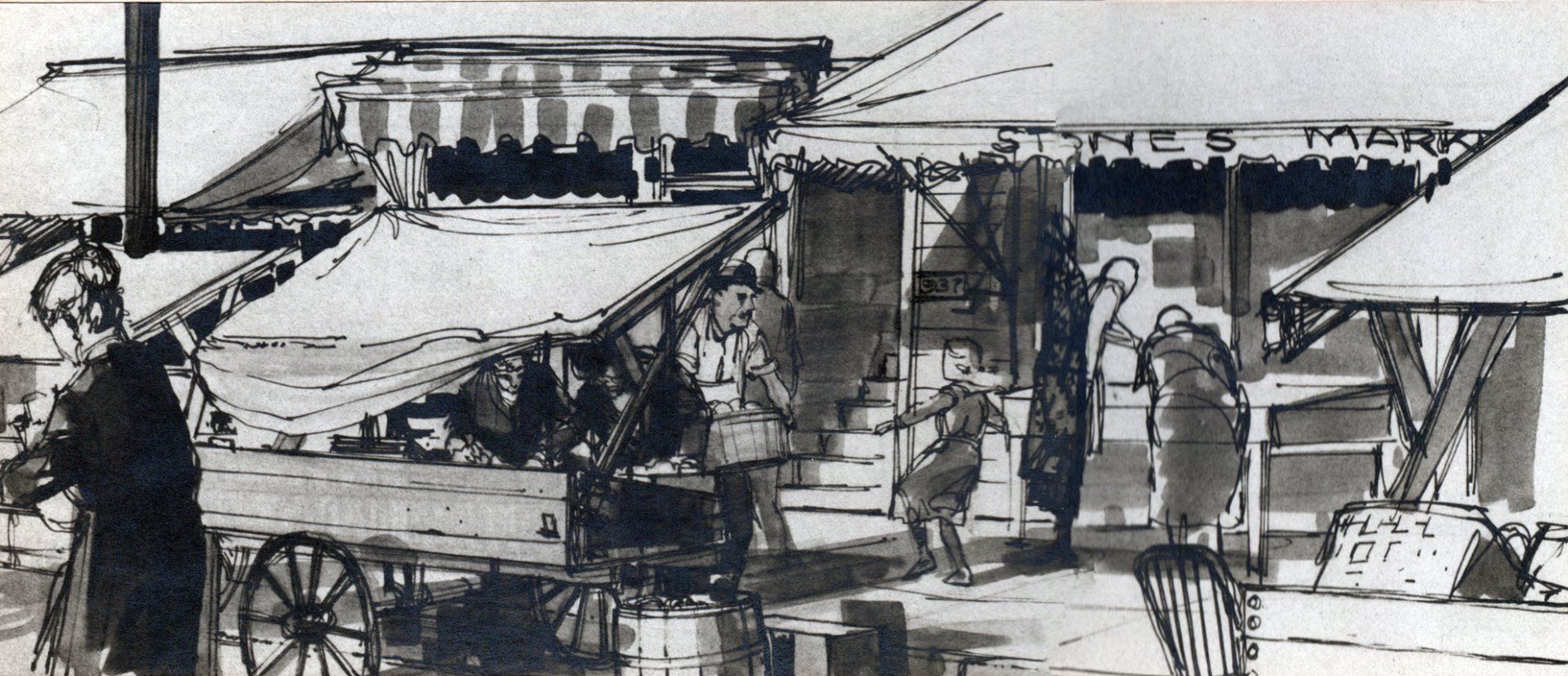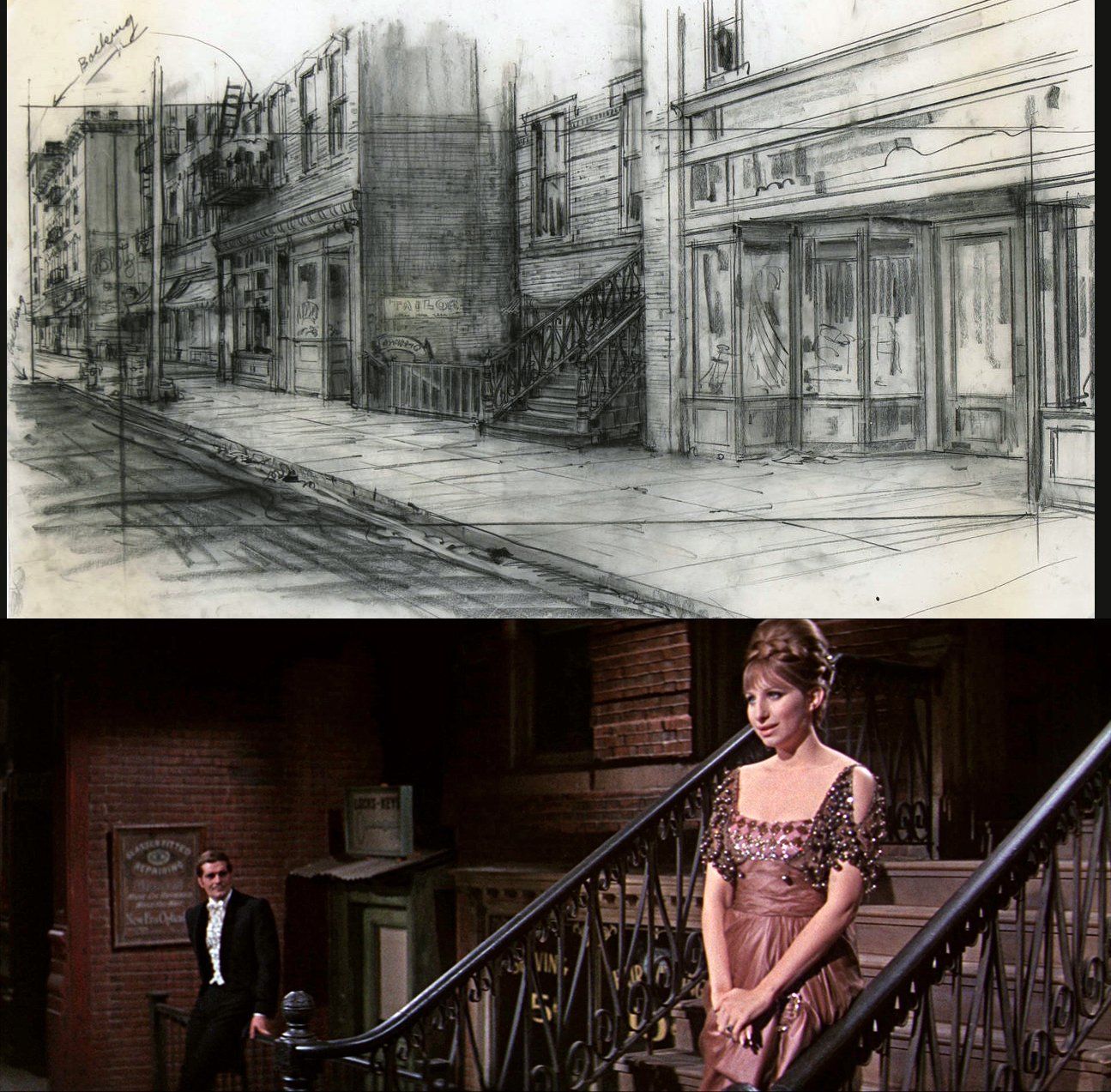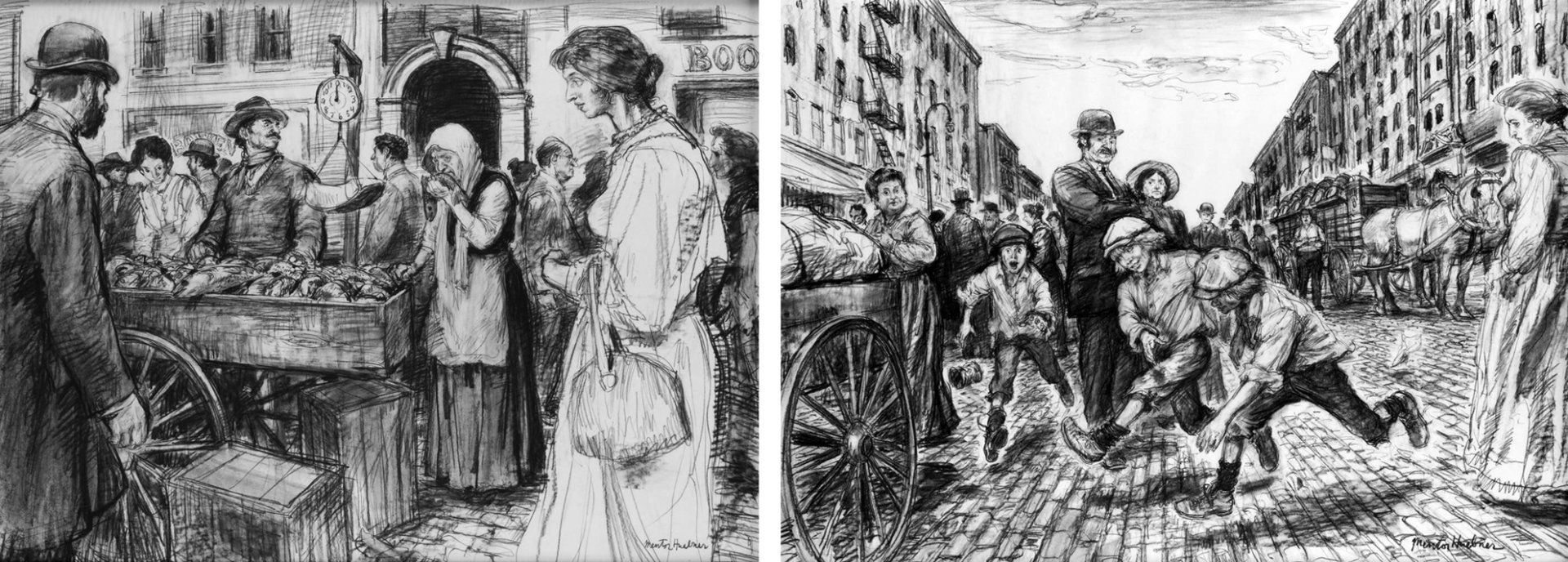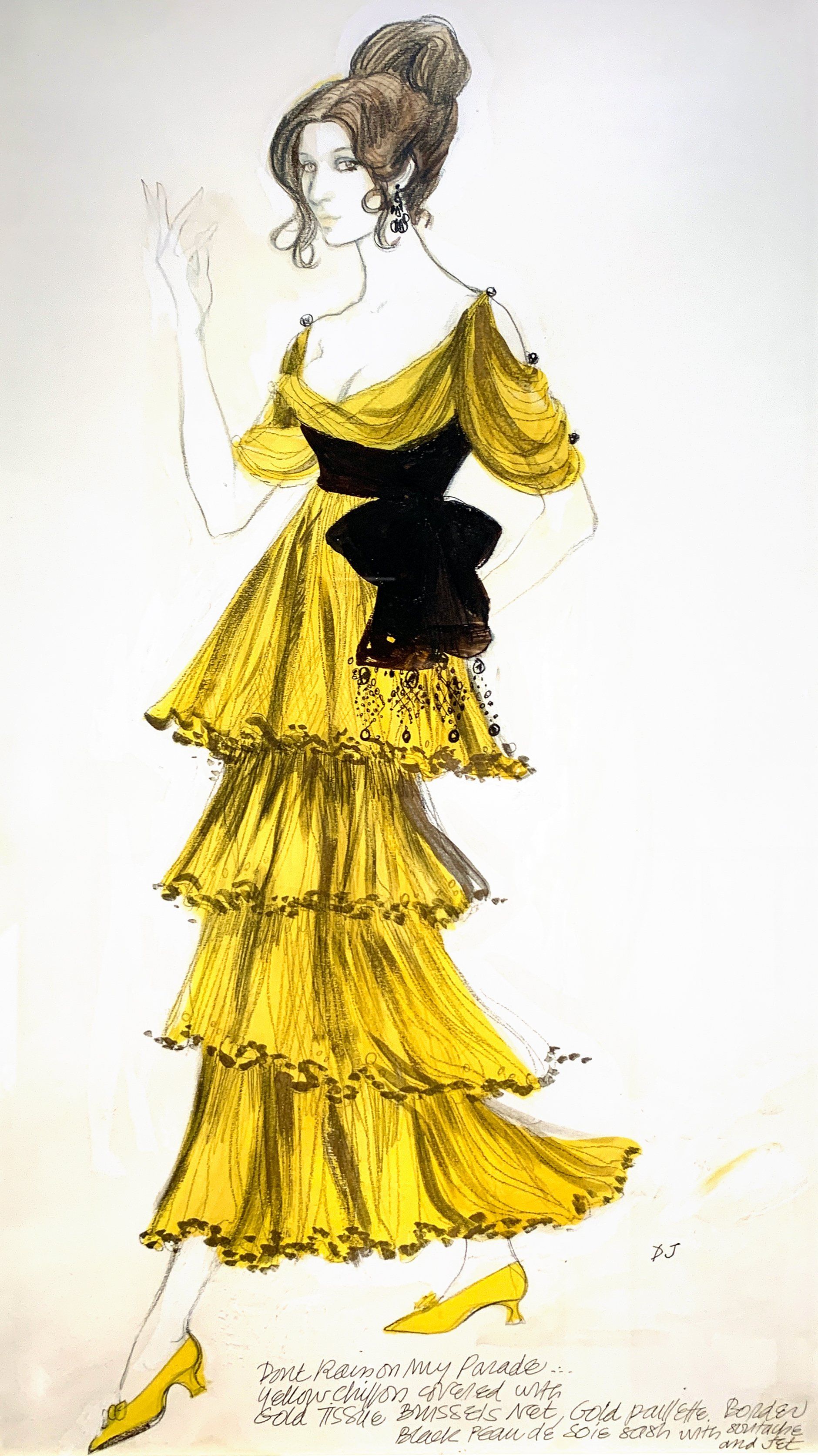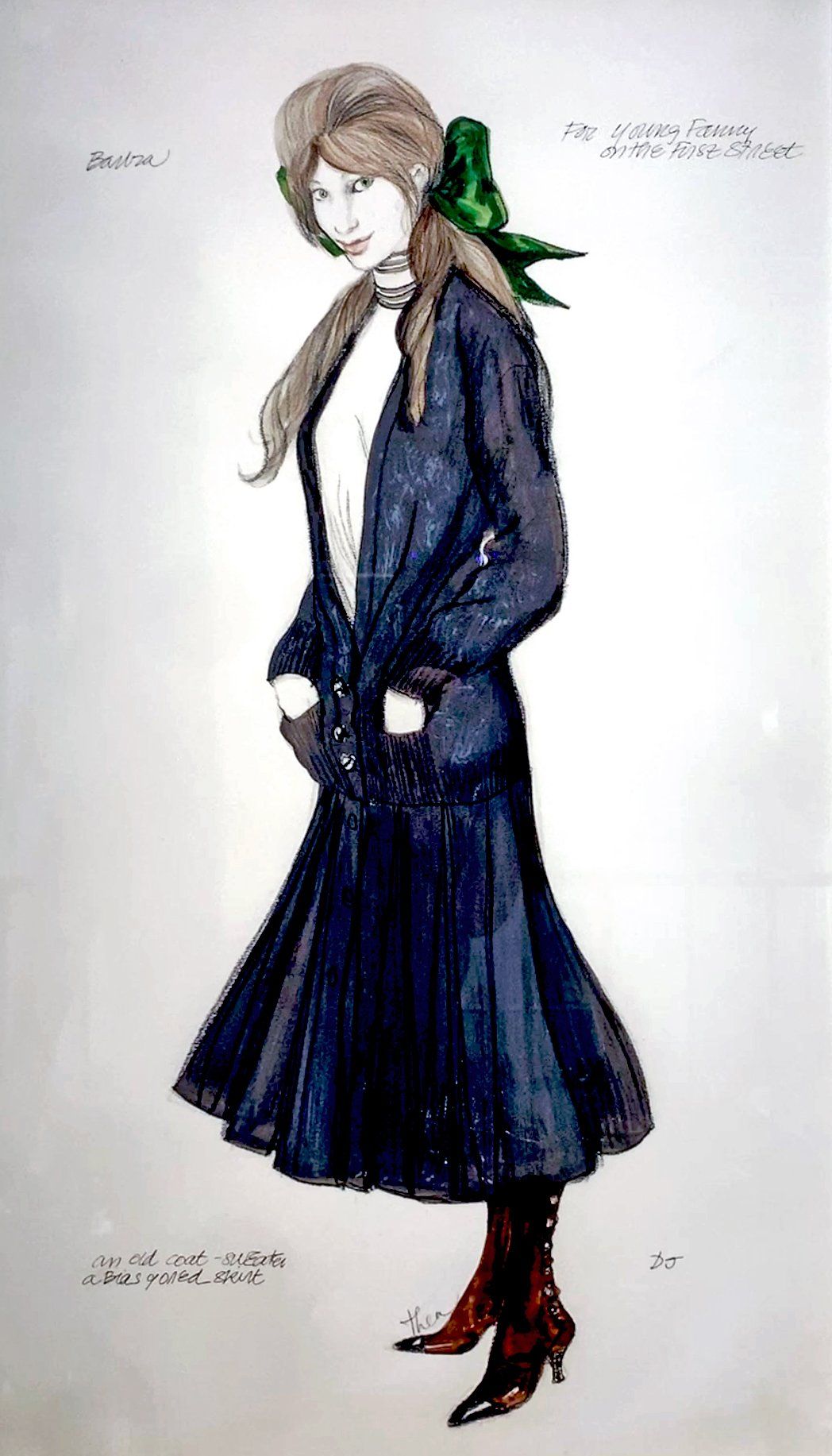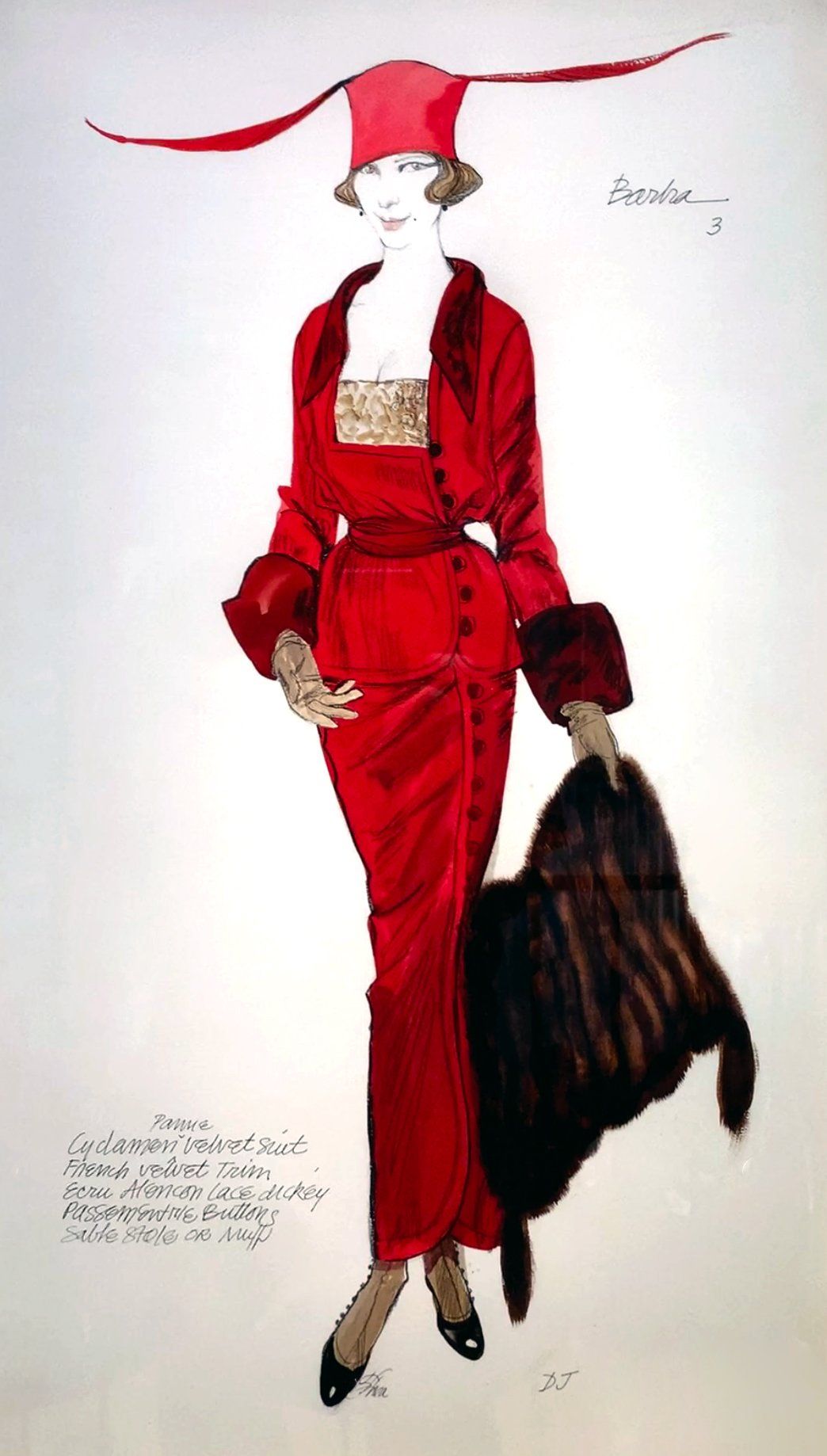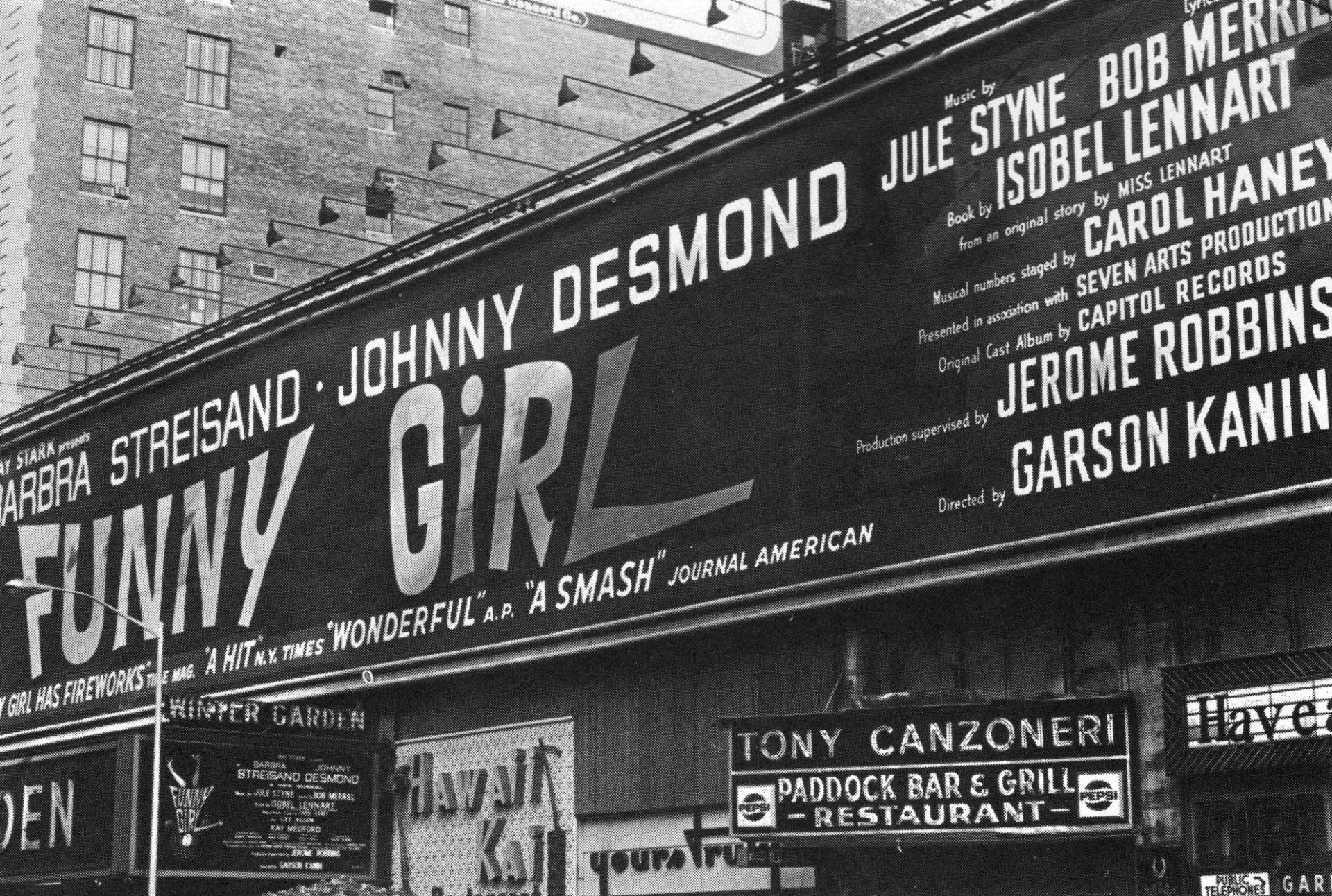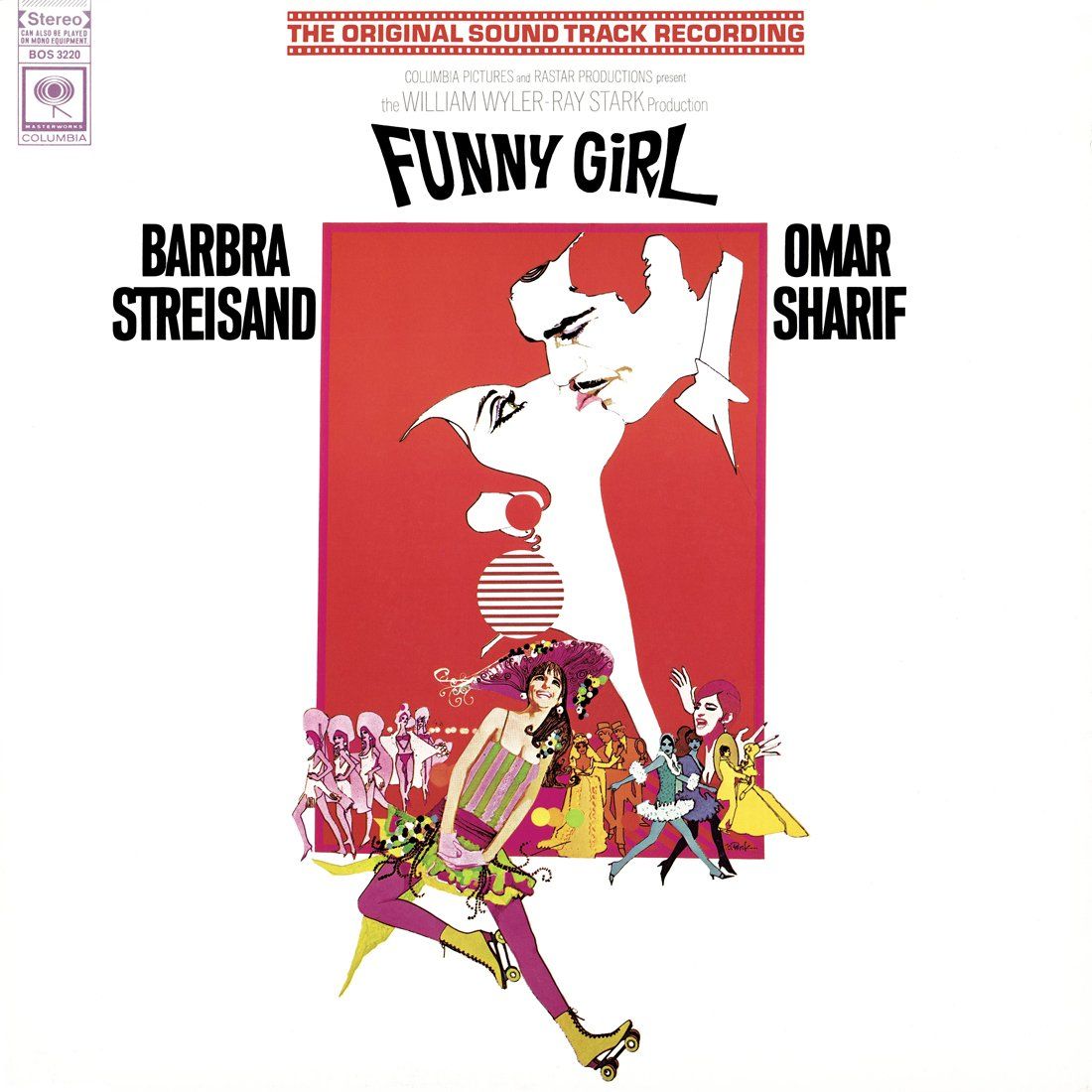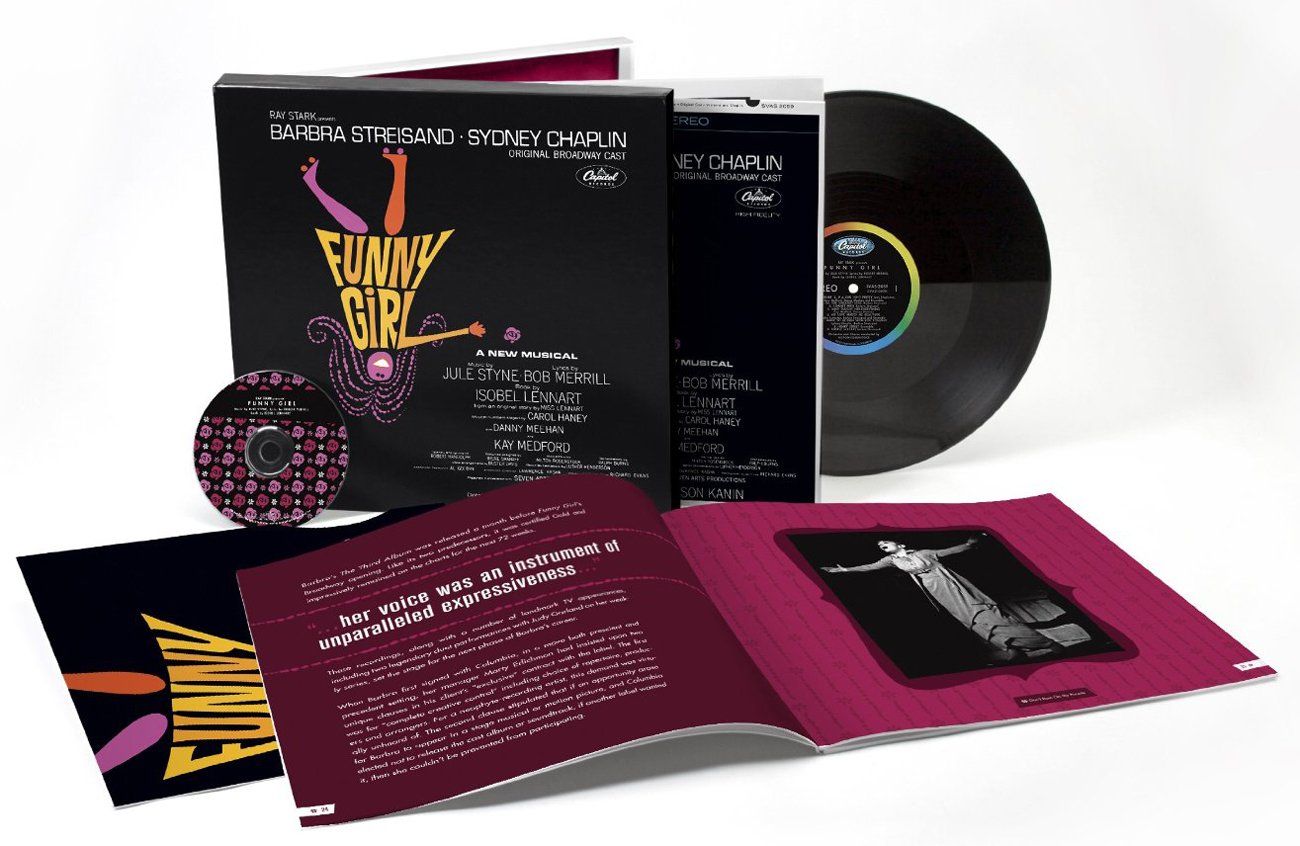Ray Stark wanted to film the story of Fanny Brice since her death in 1951. He also happened to be married to Fanny Brice's only daughter, Frances.
Prompted by questions from her friend, Goddard Lieberson (head of Columbia Records), Fanny Brice recorded her memoirs into a tape recorder before she died. The family commissioned an authorized biography based on those tapes (“The Fabulous Fanny”) but Ray Stark said, “it captured none of her warmth or vitality.” When he discovered he did not have the legal right to cancel the publication of the book, he bought the plates back from the publisher for $50,000.
Then Stark hired Ben Hecht to write a screenplay about Fanny Brice. Henry and Phoebe Ephron wrote a revised draft in 1951.
Not happy with those scripts, Stark hired Isobel Lennart to write one titled “My Man” in 1960. “Vincent Donehue, the director, read some pages at my home in Malibu one day and went wild about them,” Lennart told writer Philip Scheuer in 1964. “He called Mary Martin and later Ray Stark, and the thing just snowballed. Ray wanted me to do it as a play and I agreed just to please him.”
“Books are the most personal form,” Stark said at the time, “plays open up more, and films are worlds unto themselves. It seemed wise to open it halfway as a trial before going the whole way with a film and also to be able to view a ‘dry run’ for a film.”
In 1965, with
Funny Girl a proven success on Broadway with a book written by Lennart, Ray Stark decided to commence with the film version. He approached Sidney Buchman (Mr. Smith Goes to Washington) to write the first
Funny Girl
screenplay. Anne Edwards revealed in her book,
Streisand: A Biography, that she was hired as an uncredited co-writer of that script. Buchman and Edwards wrote their screenplay using several sources: the play script; Isobel Lennart's very first screenplay (My Man); and the tapes that Fanny Brice recorded for her unreleased memoir. “Fanny’s honesty about her own missteps in the marriage – and the intonation of her voice – added much to her character and more depth to the story; especially to a better understanding of her love affair and marriage to Nicky Arnstein … [who, in the play] was no more than a plot device or lead-in to a song,” wrote Ann Edwards in her memoir.
Edwards also revealed that, because Stark was married to Fanny Brice’s daughter, “certain true incidents must not appear in the script” — that included anything too derogatory about Nick Arnstein (who was still alive), or Fran’s actual birth date (she was born before Brice and Arnstein were married.)
Buchman turned in a draft screenplay dated September 25, 1966, and then another revised draft dated November 7, 1966. These scripts would have been for the Sidney Lumet-directed version of the film. According to the William Wyler papers, which has collected both drafts, these scripts eliminate the framing device used by Lennart in the final film. The September version opened with Fanny asking Eddie Ryan, “You think beautiful girls are going to stay in style forever?” and ends with her singing: “Nicky Arnstein, Nicky Arnstein … I’ll never see him again.” Buchman’s November draft screenplay opened with Mrs. Strakosh singing “If A Girl Isn’t Pretty.”
Buchman and Edwards were the first to include the Georgia James character and the roller-skate number. They also wrote a scene showing racism with Bert Williams, the black
Follies performer.
Then, Buchman and Edwards were off the picture. According to Edwards, Buchman was fed up with the Stark’s requests to sanitize Fanny Brice, and Streisand was not happy with Arnstein’s enlarged role in their drafts.
Stark brought the Broadway librettist in, Isobel Lennart, around March 1967 to write the
Funny Girl film. Lennart adapted many of Buchman and Edwards’ concepts, including Fanny’s scenes with the “best friend” character, Georgia James — a character she had already written then cut from her Broadway libretto. Lennart’s April 1967 draft included the Broadway song “The Music That Makes Me Dance” in the place where the new “Funny Girl” song now resides.
Meanwhile, Jule Styne was nervous about his songs. Even after principle photography began, Styne sent a secretive telegram to Streisand, hoping her power and pull would help retain some of his songs. His September 14th telegram read: “Dear Barbra, Please consider Who Are You Now for Music That Makes Me Dance before you settle on reprise of You Are Woman for that spot. Do not say I said so.” [Unfortunately, neither “Who Are You Now” nor “Music” were used in the movie version. A reprise of “You Are Woman” is an interesting musical idea; it was not used either.]
When he was producing the Broadway play, Stark was not able to secure the rights for the Fanny Brice standard, “My Man.” Also, Jule Styne was adamant his stage score not be spoiled by another composer’s songs. But Stark wanted the song that Fanny Brice made famous sung in the film. He also toyed with adding “Rose of Washington Square,” another song identified with Brice which she sang in Ziegfeld’s 1920 show, Midnight Frolic. Incidentally, Jule Styne told the New York Times in 1987, “‘My Man’ ruined the movie.”


